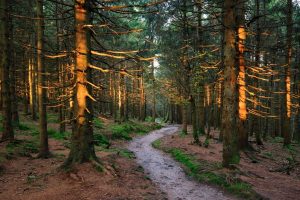
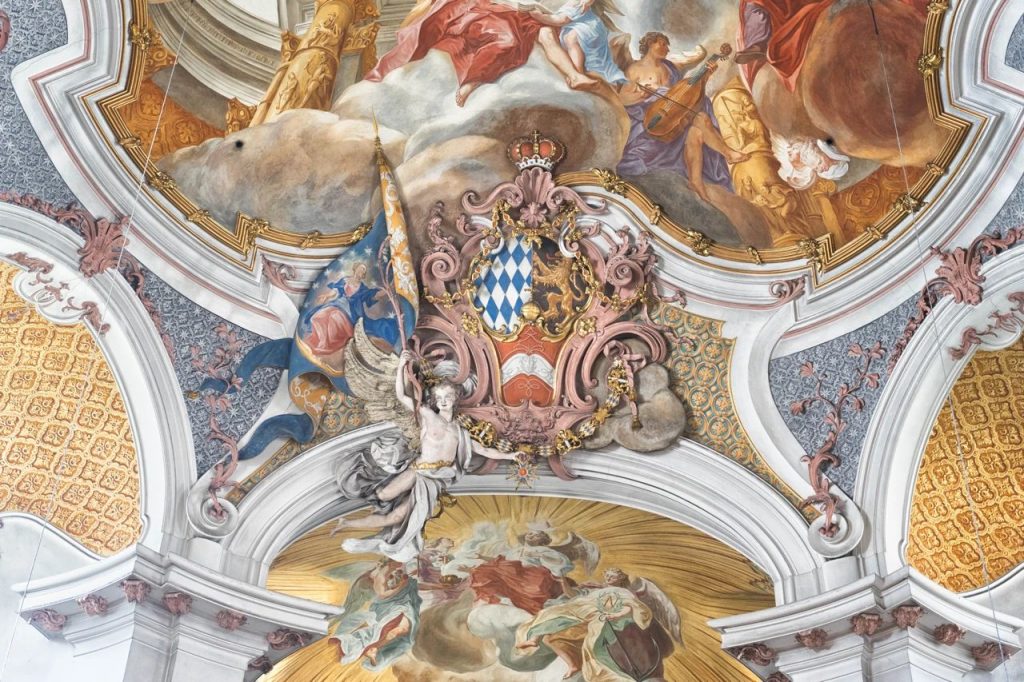
©Michael Fellner/Getty Images
To say that Europe is a place where ancient traditions and modern styles are perfectly intertwined, Bavaria and the Black Forest region are absolutely unique: hilltop castles are accompanied by green energy, beer halls and luxury cars go hand in hand, Alps and avant-garde art proudly… …Today, LP intends to take you to experience the unspeakable Gemütlichkeit (pleasant and comfortable feeling) of Bavaria and the Black Forest, as well as the lively Christmas market in the local area. Relax in a festive atmosphere~
Christmas market
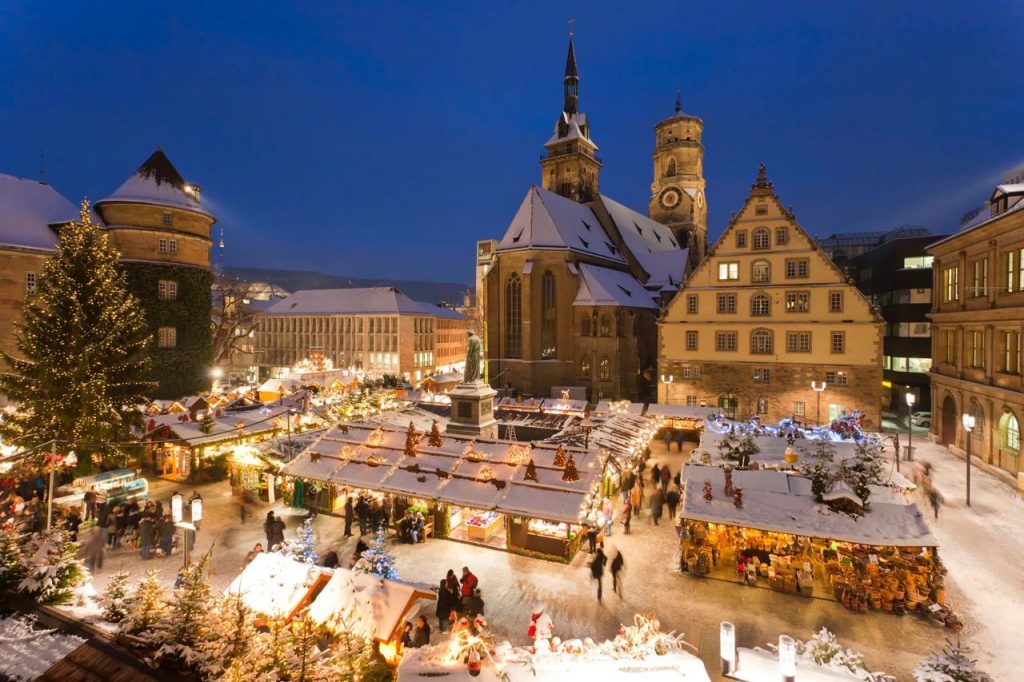
©Westend61/Getty Images
Christmas is here, put on winter clothes, drink a glass of warm wine, eat a piece of gratifying gingerbread, and explore the legendary Christmas market in southern Germany! The bazaar is generally set in the square of the ancient city. It is large in scale and full of Christmas elements, such as fantastic lanterns, hand-made decorations, live Nativity dramas, and irresistible food.
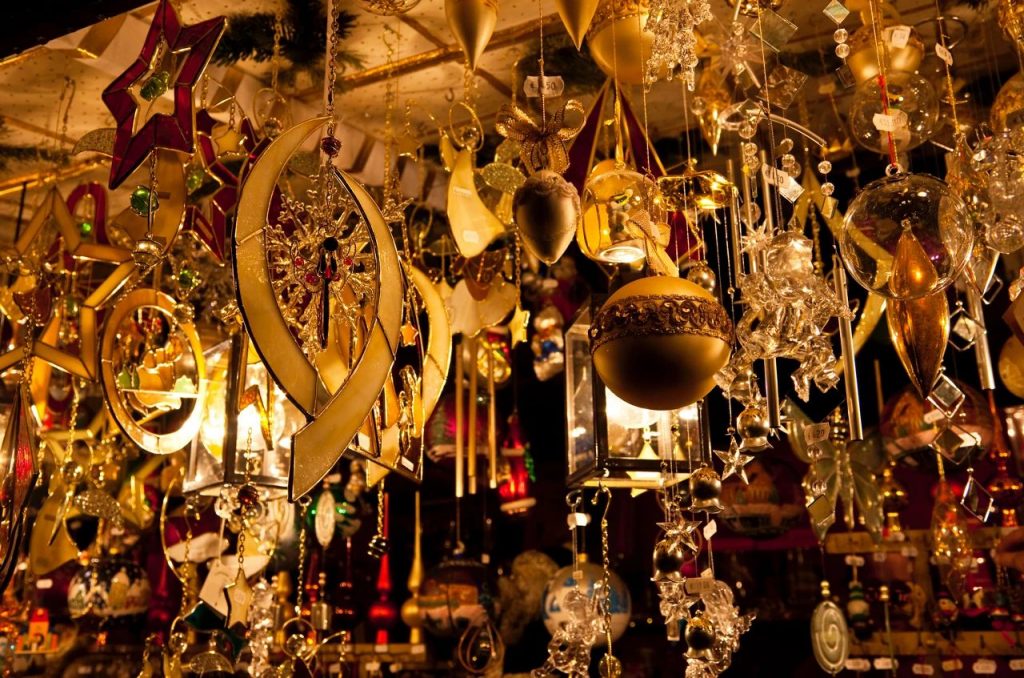
©AnkNet/Getty Images
“Merry Christmas” greetings one after another, you can finally buy some non-“Made in China” gifts for your relatives and friends in your hometown here (but you still need to confirm before buying). Nuremberg has the largest Christmas market, but Munich, Stuttgart and Freiburg are also quite good.
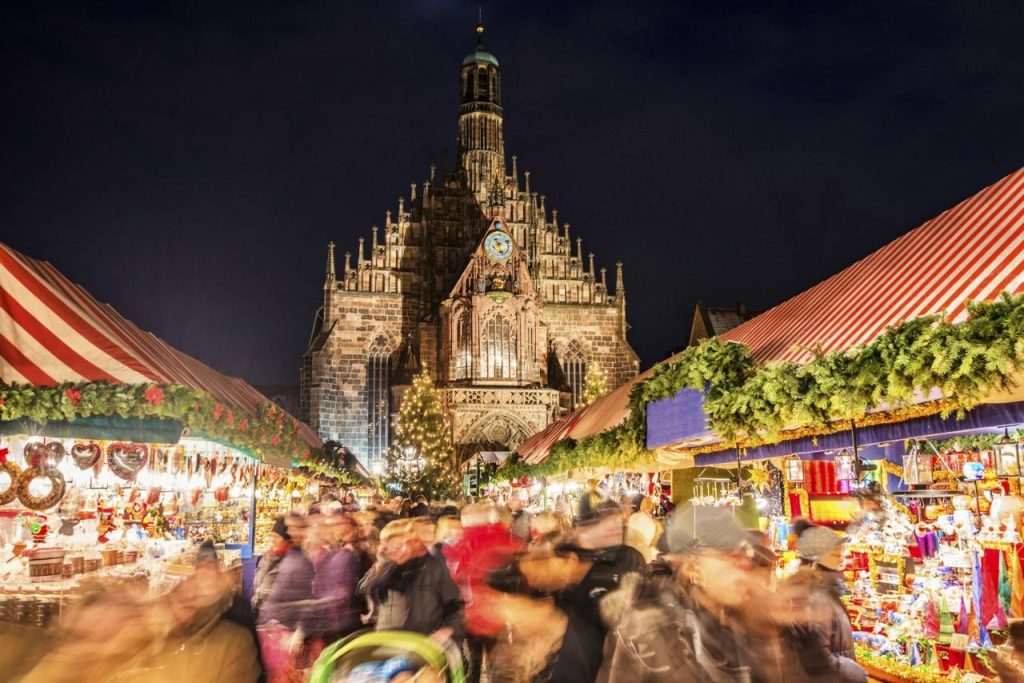
©sack/Getty Images
From the end of November to Christmas, the most famous Christmas fair in Germany will be held on the Hauptmarkt in Nuremberg. During the Christmas season, Christmas shoppers from all over Europe will flock to this “Christmas City” to pick out unique gifts in front of dozens of dazzling wooden ornaments stalls in the square. The scent of mulled wine and grilled sausages is permeated in the cold wind, and various special festivals are held throughout the city.
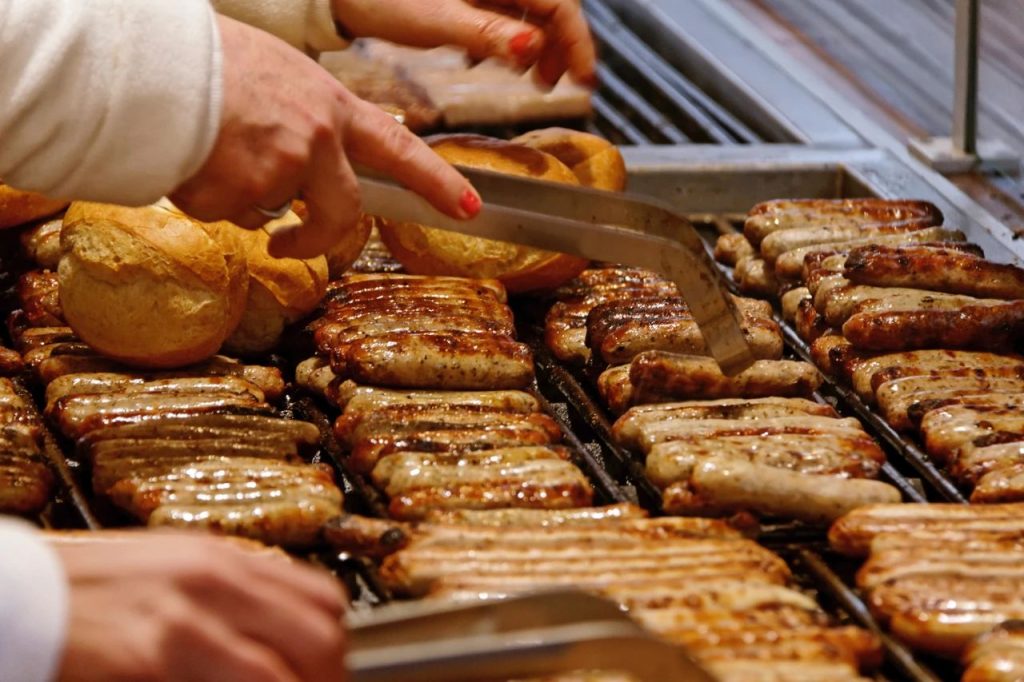
©hohl/Getty Images
The desserts that play the leading role on Christmas Eve (Advent) are gingerbread (Lebkuchen) and spice cookies (Spekulatius). In terms of beverages, mulled wine (Gluhwein) is most suitable for drinking at the Christmas market, and it is also a favorite holiday drink.

©sack/Getty Images
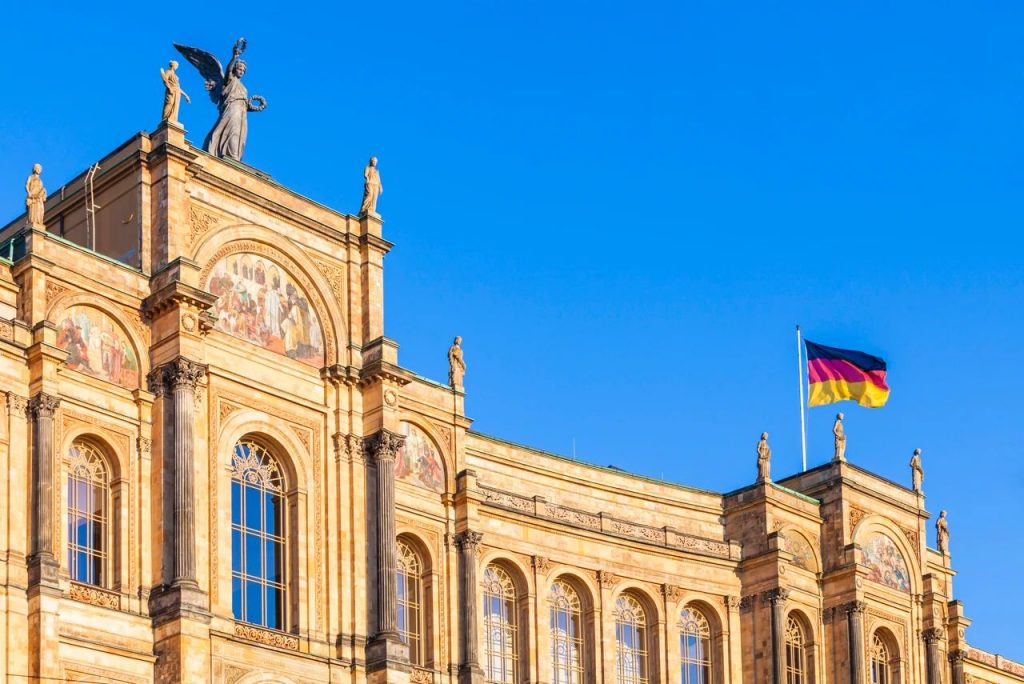
©Westend61/Getty Images
The capital of Bavaria is confident and avant-garde, traditional and sophisticated, and it combines all the weirdness of Bavaria, making it one of the most attractive travel destinations in Europe. In this “City of Art and Beer”, from ancient paintings, to Gothic sculptures, to pop art, the art collection is omnipresent, unparalleled in the world, and breathtaking.
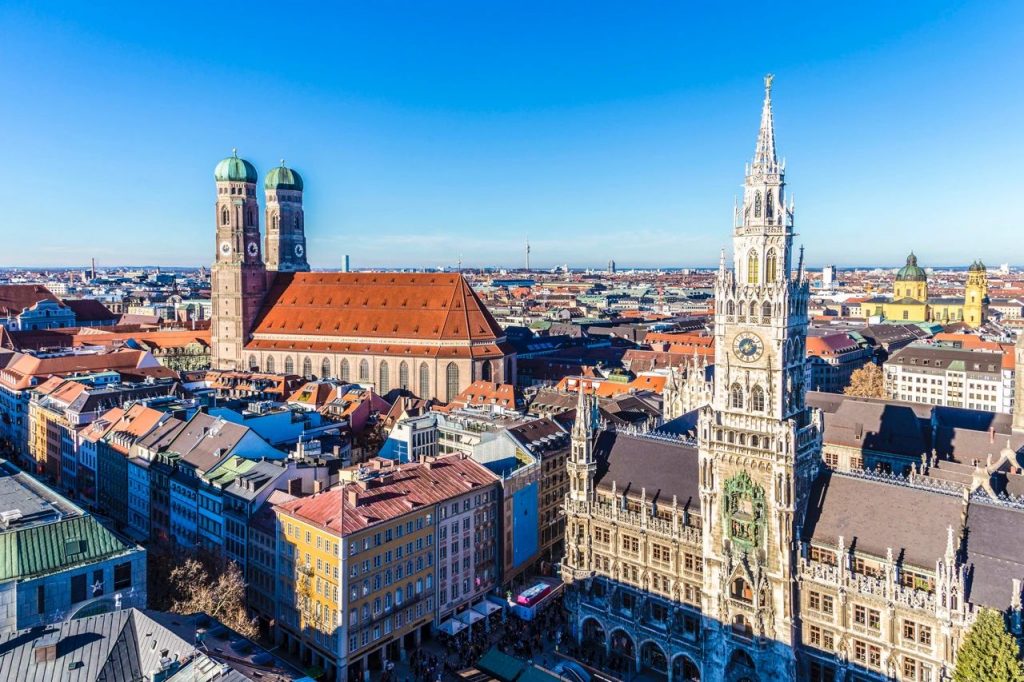
©Meinzahn/Getty Images
But after admiring the elegance of the “sunny spring and white snow” for a day, you can even get into the beer hall in Munich and experience the fireworks of the local “liba people” in the aroma of hops.
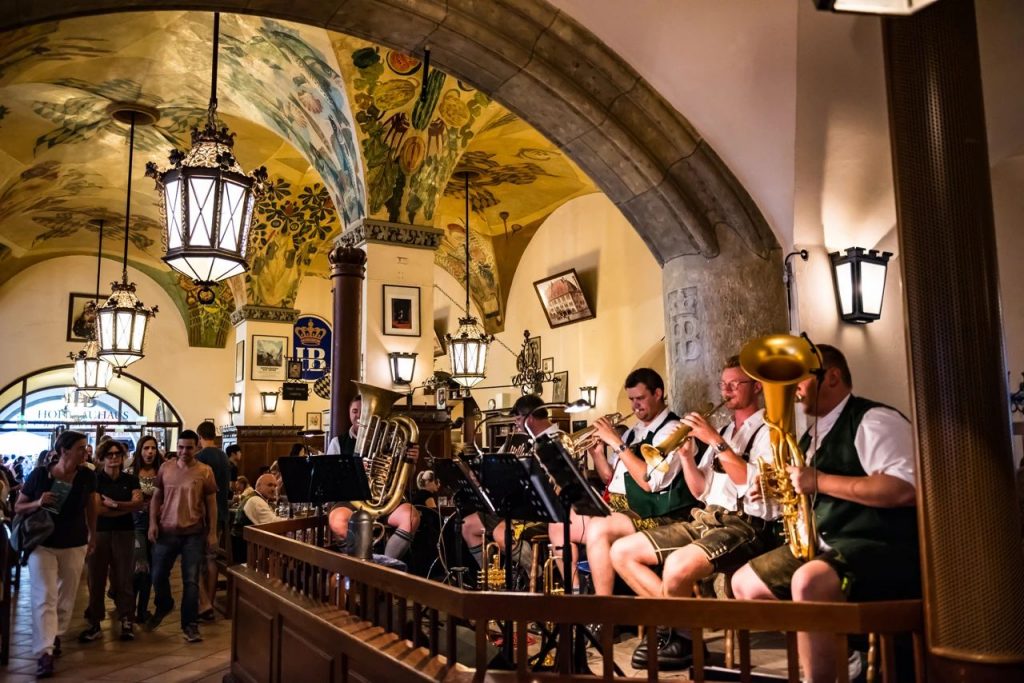
©Let Go Media/Shutterstock
Coupled with the popular nightlife, world-class museums and easy-going locals, we can say that Munich is “a great place”, and it is by no means as superficial as the Oktoberfest.

©FooTToo/Shutterstock
Royal Palace Museum
Residenzmuseum
Adult/Discount/Under 18 years old €7/6/Free
9:00~18:00 April to mid-October 9:00~18:00
Mid-October to March of the following year 10:00~17:00

©Jorg Hackemann/Shutterstock
The Royal Palace is the most attractive place of interest in Munich. From 1508 to the First World War, it has been the seat of the Wittelsbach family, the ruling family of Bavaria. The Royal Palace Museum occupies about half of the palace, and it displays many amazing treasures and costumes that reflect the royal lifestyle for centuries. If you want to see the entire museum, even if you wander around, it takes at least 2 hours.
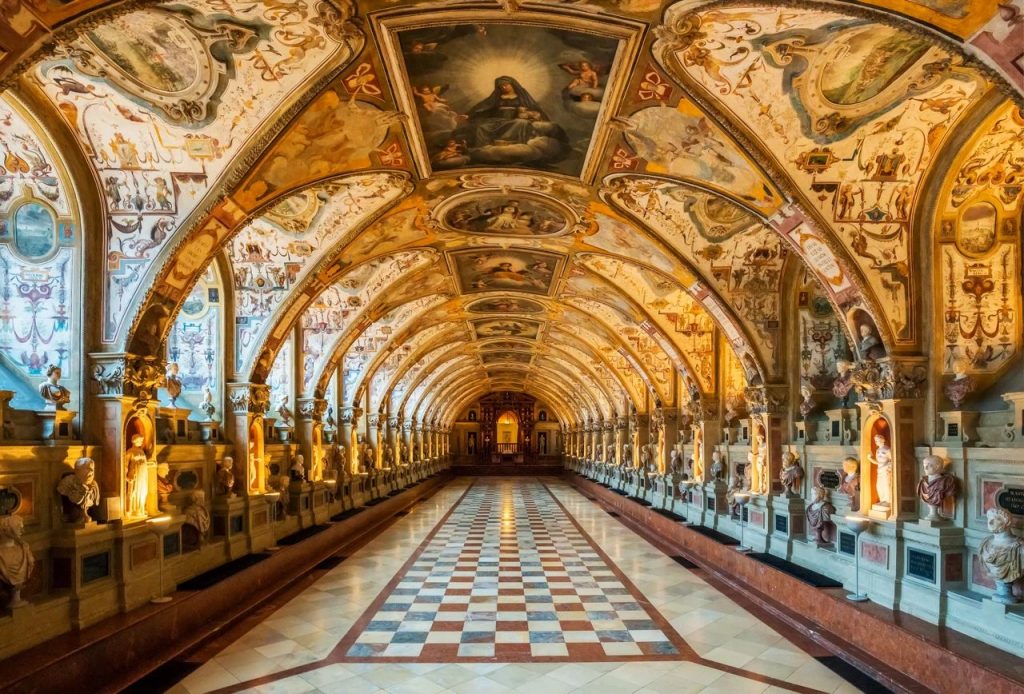
©posztos/Shutterstock
It can be visited under the guidance of a detailed audio guide (free of charge). The entire museum used to be divided into two parts, which were opened in the morning and afternoon respectively, but it has now been cancelled, which means that the places that can be visited in one tour have greatly increased. The designated routes are divided into short-term tours and long-term tours. It is worthwhile to go early. The long-term tours include all the most fascinating and precious exhibitions in the palace. At any time, about 90 rooms are open to the public, but because repairs are underway, a certain degree of closure is inevitable, so you may not be able to see all the highlights.
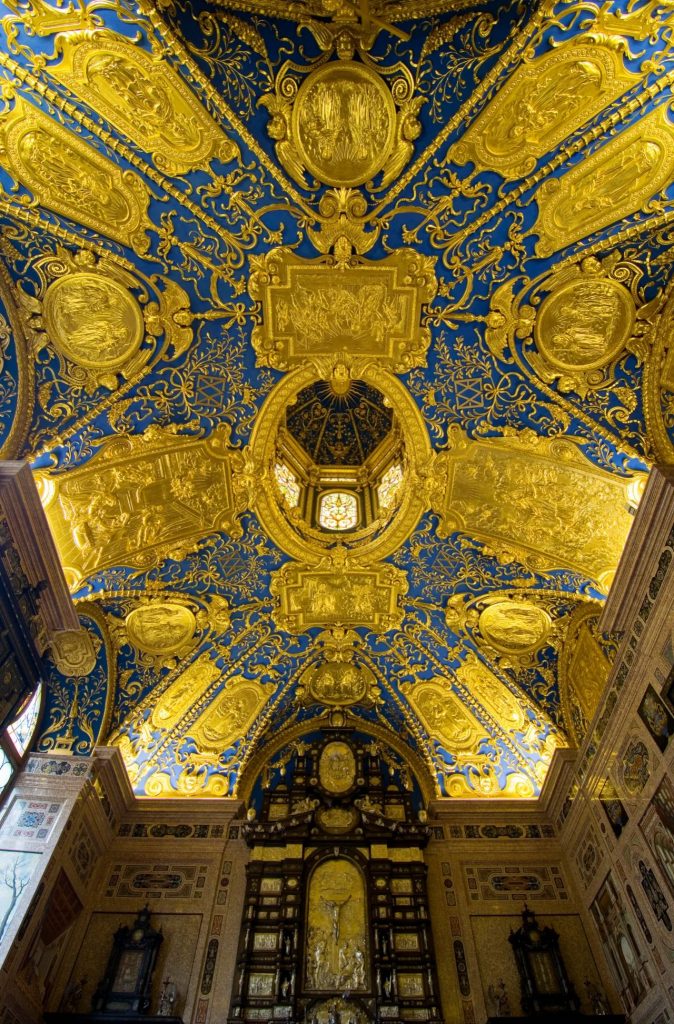
©Cristi Popescu/Shutterstock
Nymphenburg Palace
Schloss Nymphenburg
Adult/Offer €6/5
9:00~18:00 April to mid-October 9:00~18:00
10:00~16:00 Mid-October to March of the following year 10:00~16:00
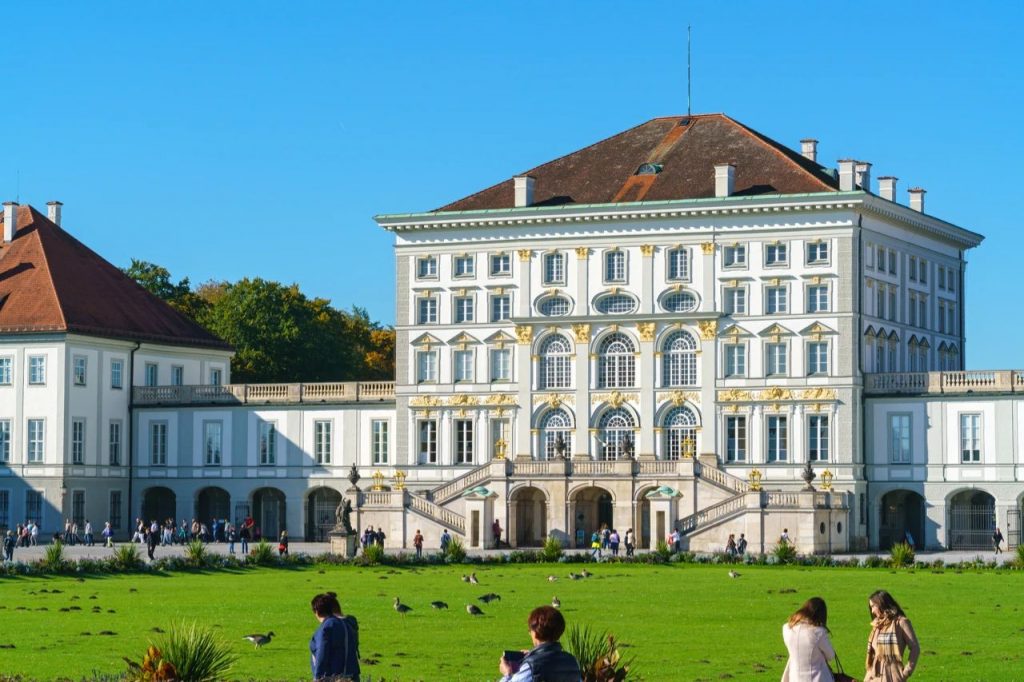
©JRostislav Ageev/Shutterstock
This majestic palace and its luxurious gardens are located in the northwest of the old city, stretching for about five kilometers. It was built in 1664 as the villa of Adelaide, the elector’s wife of Savoy, and was expanded into a summer residence for the royal family in the next century. The main building of the palace includes a large villa and two wings. The rooms inside are the products of that luxurious era, and are covered with parquet floors that creak when walking.
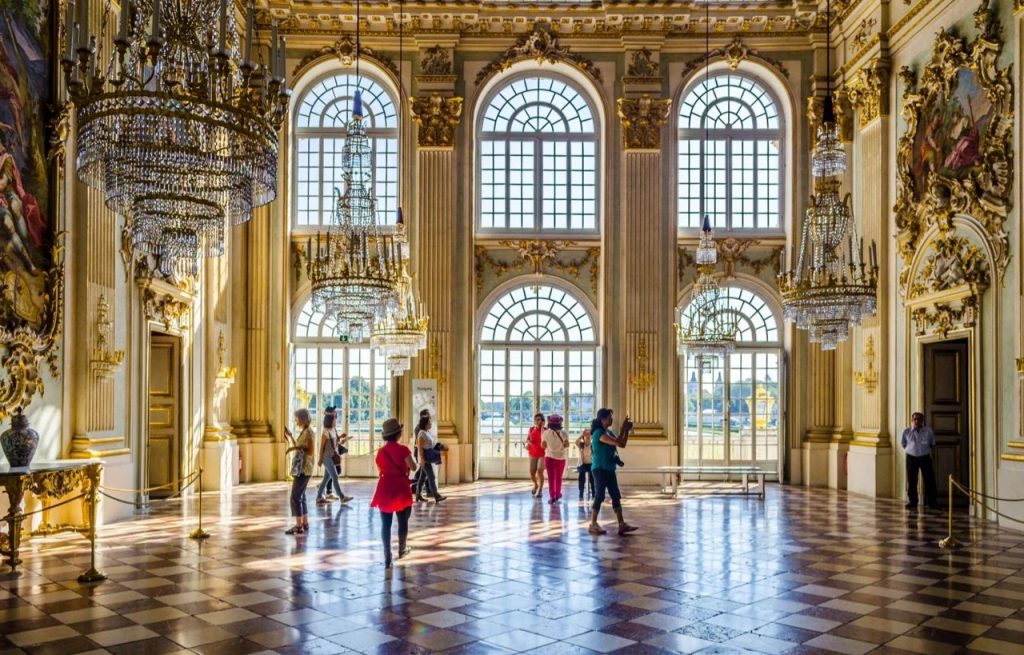
©trabantos/Shutterstock
The irregularly shaped park behind the Nymphenburg Palace is one of the favorite places of Munich citizens and tourists, where people like to walk, jog, or just to spend a lazy afternoon. The park adopts a magnificent English style and emphasizes the design of water features. It includes a large lake, a small waterfall and a canal. People like to feed swans here. When winter comes and the rivers and lakes freeze, you can also skate and play curling here.
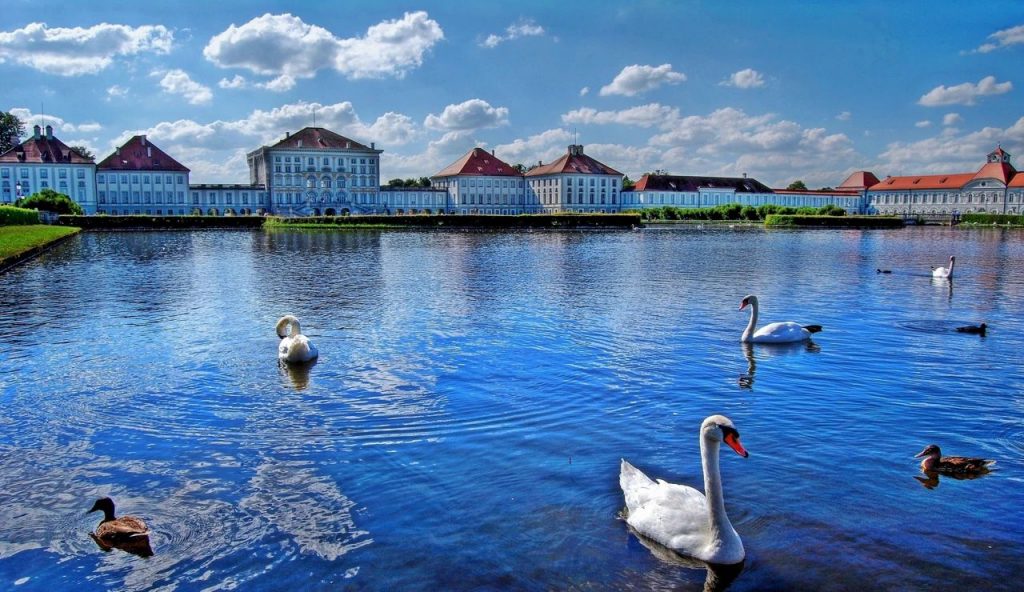
©M.Cantarero/Getty Images
Oktoberfest
Oktoberfest
Location: Teresia Lawn Plaza
A period of 16 days, the end time is the first Sunday of October

©anandoart/Shutterstock
The Oktoberfest (Oktoberfest, also known as “October Festival”) is a traditional highlight of Bavaria’s annual events. It is the world’s largest drinking festival and one of the most famous festivals in the world. The red-faced celebration scene, the bountiful indulgence of the wine pond, the huge consumption of beer, the richness of tradition, history, and brass music, are combined into one, unique in the world.
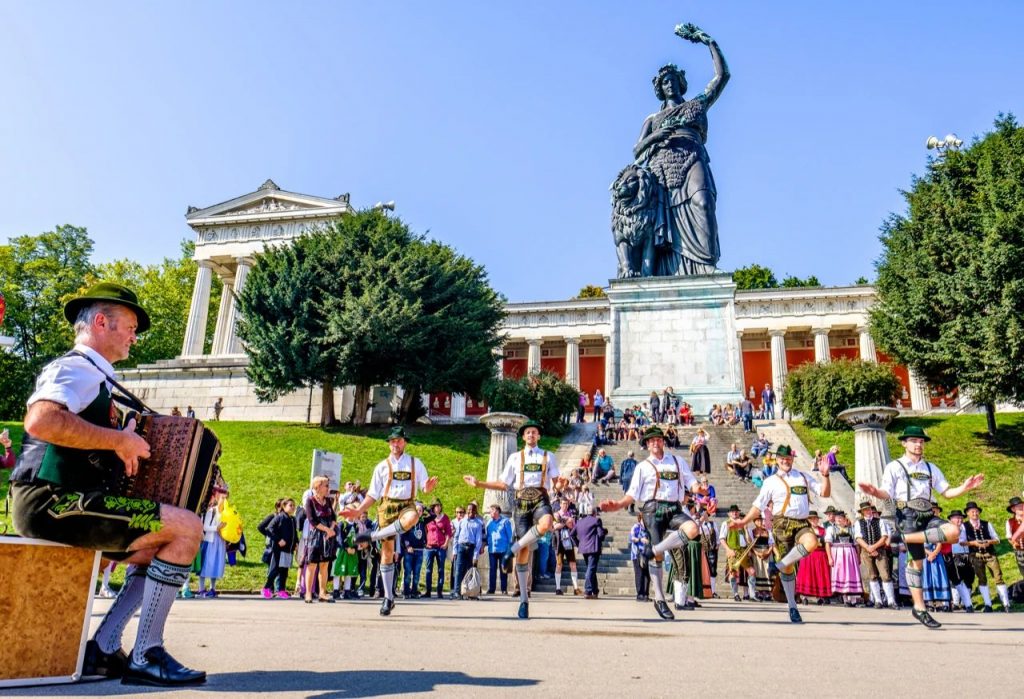
©FooTToo/Shutterstock
Starting in mid-July, the staff of the breweries began to act early and set up tents. The site was set up at Theresia Lawn Square on the west edge of the center of Munich, an open area composed of gravel ground and lawn, which locals referred to as “Lawn” (Weisn).
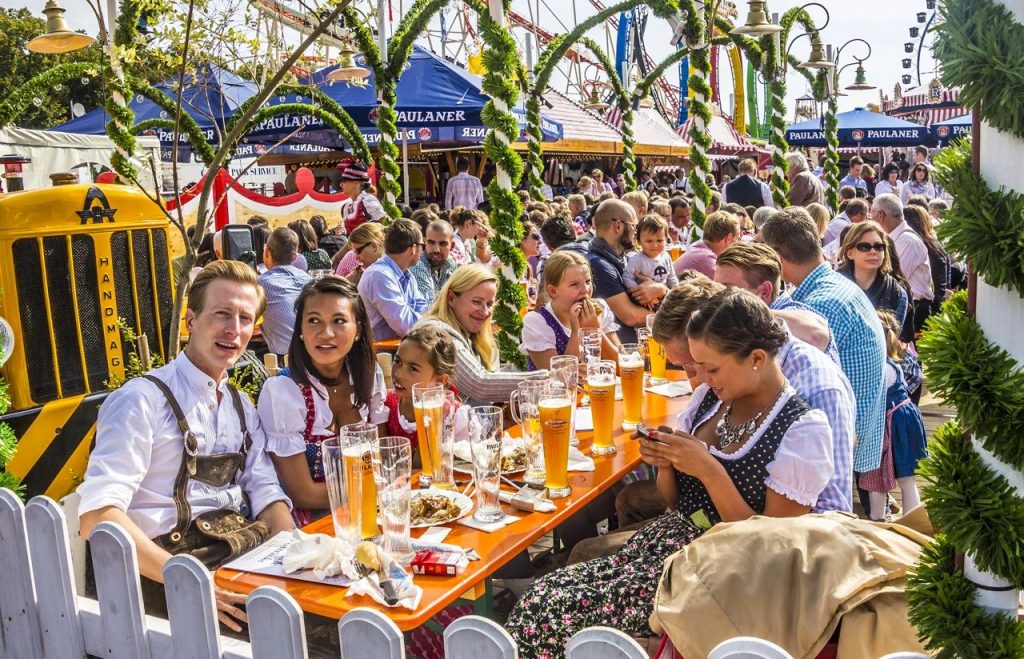
©anandoart/Shutterstock
After the tents are set up, people will start to install beer transmission facilities. With this “ultra-high-tech equipment”, millions of liters of beer will be able to come in continuously and drink it now. A “Ferris wheel” ready to go will also be erected at the scene, and tens of thousands of chickens will be put into a rotating oven to wait for diners. At this time the “lawn” is ready to welcome millions of people to drink in the “beer city” in Germany.
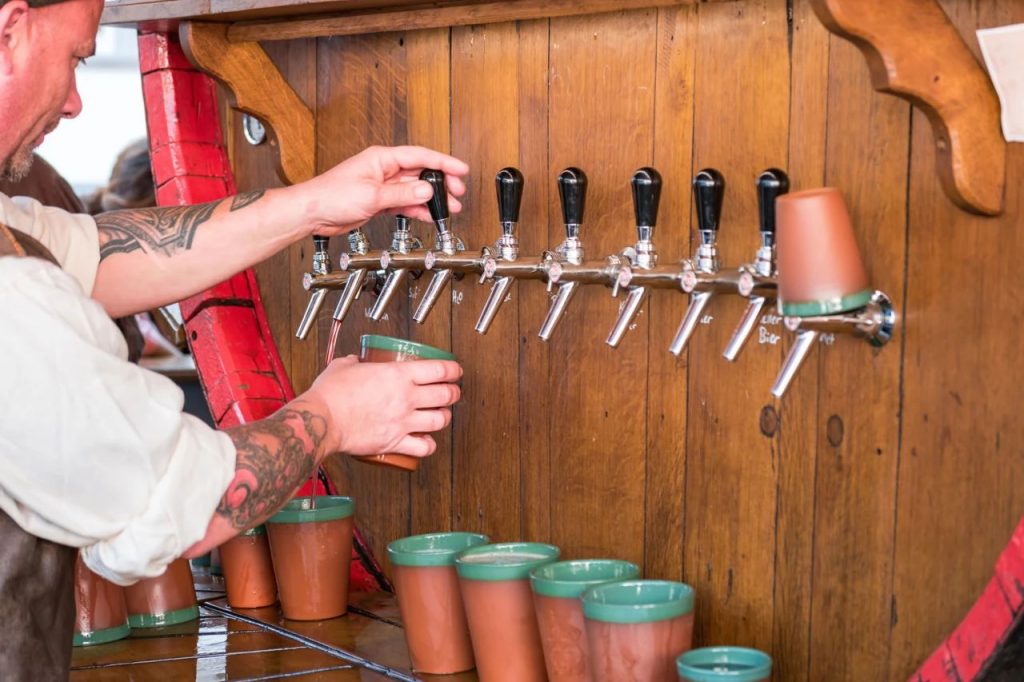
©Chireau/Shutterstock
During the 16-day festival, most travelers will spend a few days here, or maybe a week, except for drinking beer glass by glass (the standard glass of German beer is called the “Mass” glass. 1 liter, very big), I will also look at various attractions in Munich, and maybe visit one or two castles and palaces.
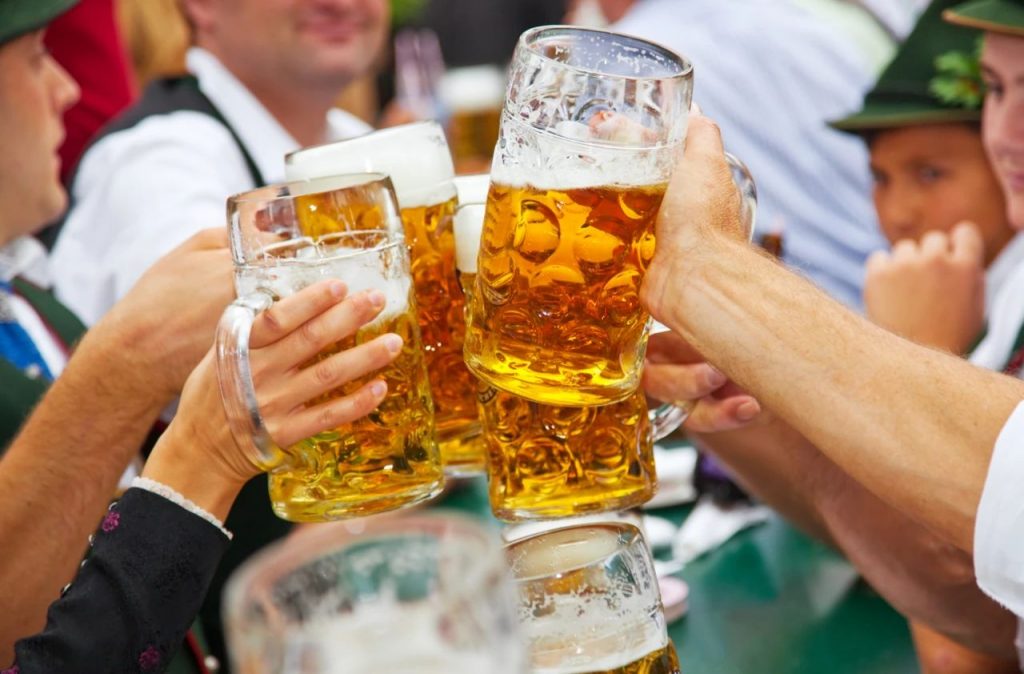
©Nikada/Getty Images
No matter what you plan to do, be sure to make a reservation one year in advance. Don’t worry if you miss the Oktoberfest. In summer and autumn, there are countless similar festivals all over southern Germany, with a more traditional atmosphere and a lighter commercial taste (beer is cheaper). Among them, the beer festivals in Erding and Straubing are particularly good.
Nuremberg
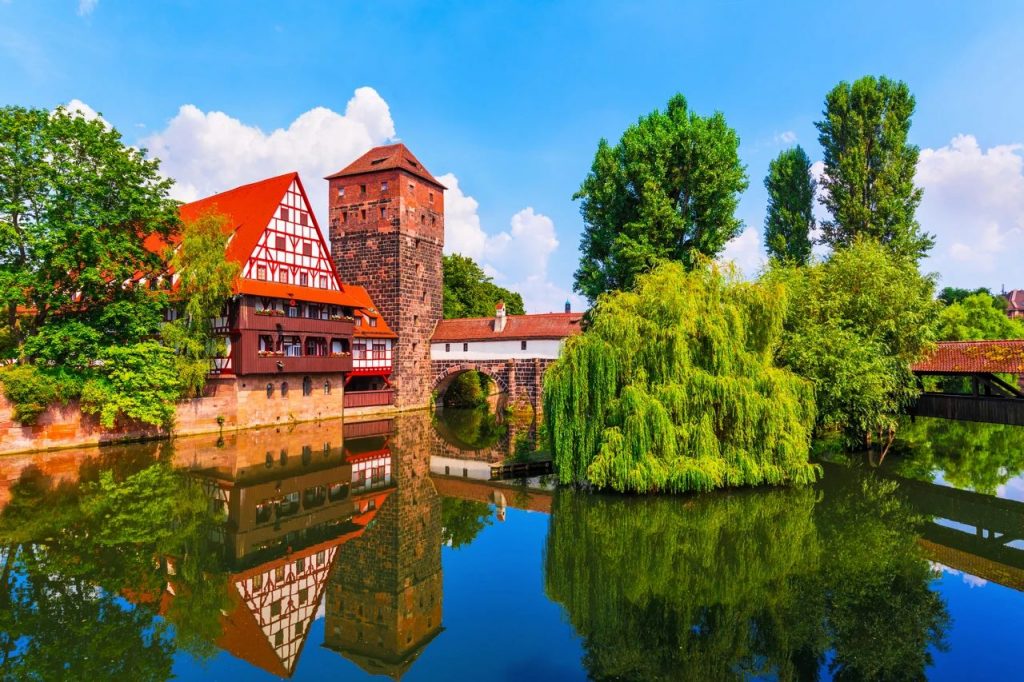
©scanrail/Getty Images
In the energetic Nuremberg, black is not only beer, but also tourist attractions-the most impressive Nazi relics in southern Germany are here, such as the one where enthusiasts gathered in the past and shouted “heil hitler” The huge assembly area is attracting those who are interested in the “Third Reich”.
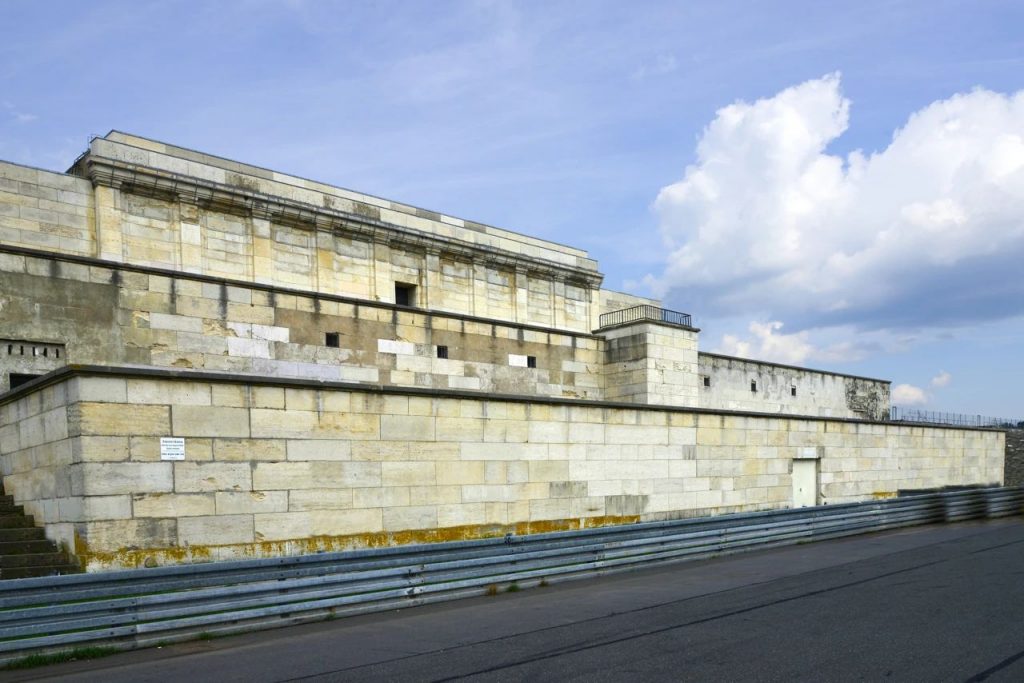
©Dennis Macdonald/Getty Images
Although Bavaria’s second largest city is closely related to the Nazis and World War II, you may not expect it, but now it is extremely suitable for children to explore and explore, and there are so many activities for children. Moreover, the city where Dürer was born is also loved by fans of Renaissance art. When they are here, they are attracted as if a moth meets a candlelight and cannot bear to leave.

©SeanPavonePhoto/Getty Images
Emperor castle
Kaiserburg
Adults/Promotions with Simvelta €7/6
The bedroom wing and museum €5.50/4.50
April to September 9:00~18:00
October to March of the following year 10:00~16:00

©aragami12345s/Shutterstock
This large-scale Kaiserburg complex standing impressively above the old city deeply reflects the mighty power of Nuremberg during the Middle Ages. The main highlights include the recently refurbished Palas, the luxurious Knights’ and Imperial Hall, the Romanesque double chapel and an exhibition on the inner workings of the Holy Roman Empire.
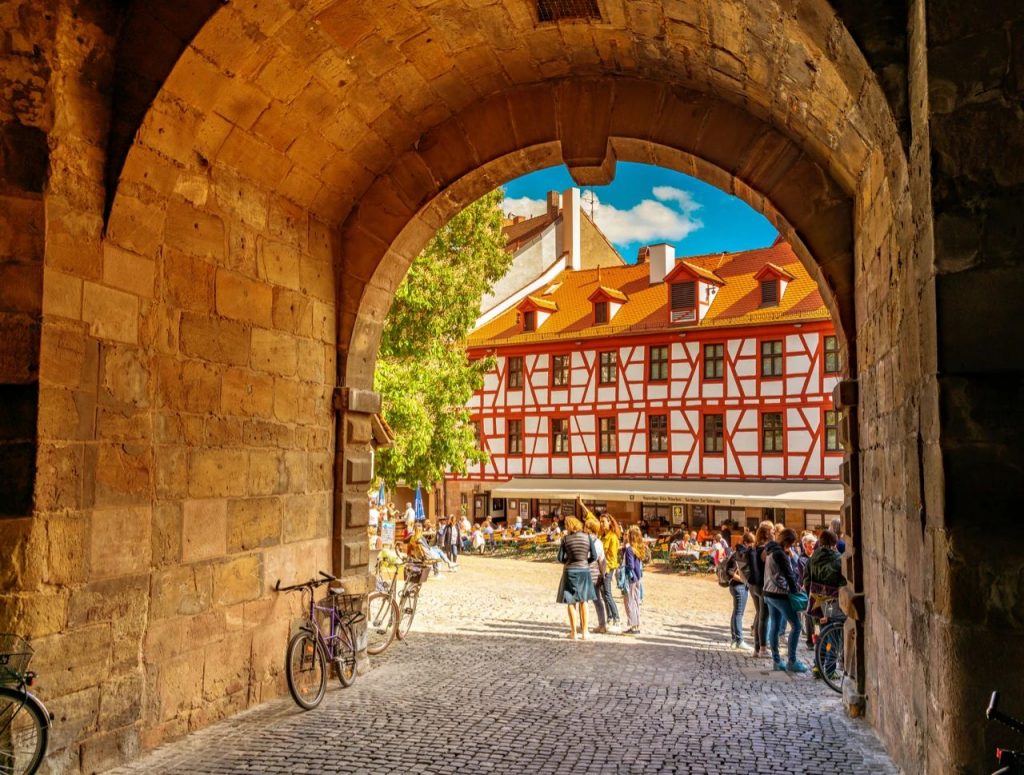
Afterwards, you can continue to visit the Kaiserburg Museum, which focuses on the military history and construction history of the castle. You can enjoy panoramic views of the city from the top of Sinwell Tower, or peep into the amazing deep well (Deep Well) up to 48 meters deep.
Baden-Baden
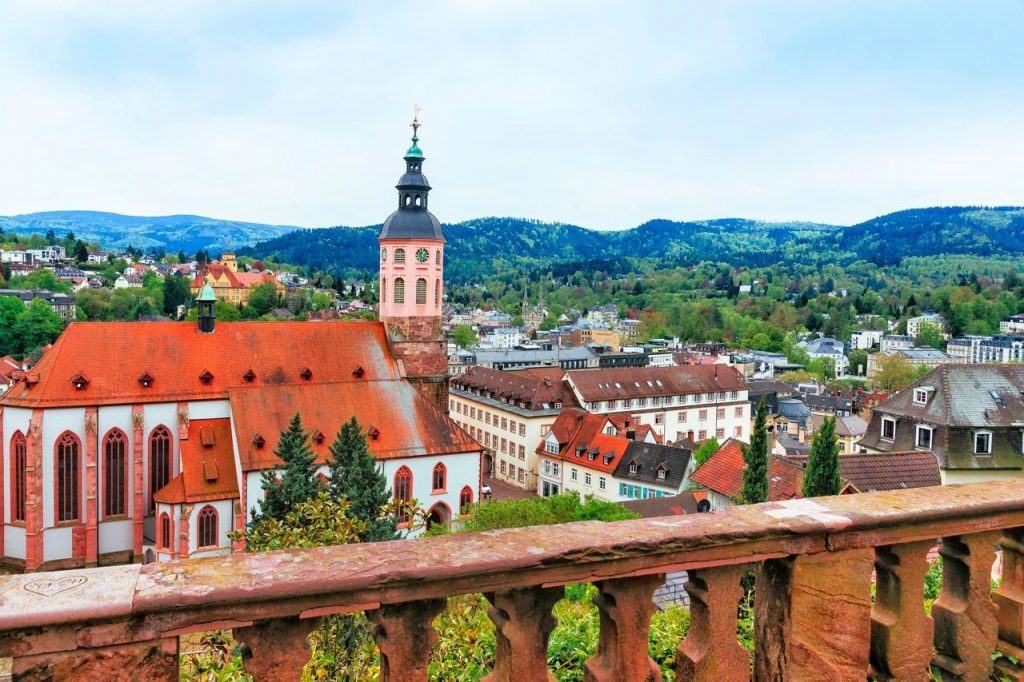
©RomanBabakin/Getty Images
About 2000 years ago, the Romans soaked in the healing springs of Baden-Baden and praised the beauty of “Baden” (that is, “bath”). Today, the magic of the small town nourished by this hot spring remains. Many royal celebrities who have traveled the world, from Queen Victoria to Victoria Beckham, have visited this luxurious Black Forest spa town, but the charm of Baden-Baden does not require other endorsements.

©Ronald Wittek/Getty Images
The small town is nestled comfortably at the foot of the densely forested mountains. The villas built in the Belle Epoque have not been changed at all. The garden is surrounded by sculptures, the spa is magnificent, and there are high-end boutiques, cafes and restaurants. It’s said to be a pleasing city, the city of happy life.
Pump House
Kaiserburg
Monday to Saturday 10:00~17:00
Sunday 14:00~17:00
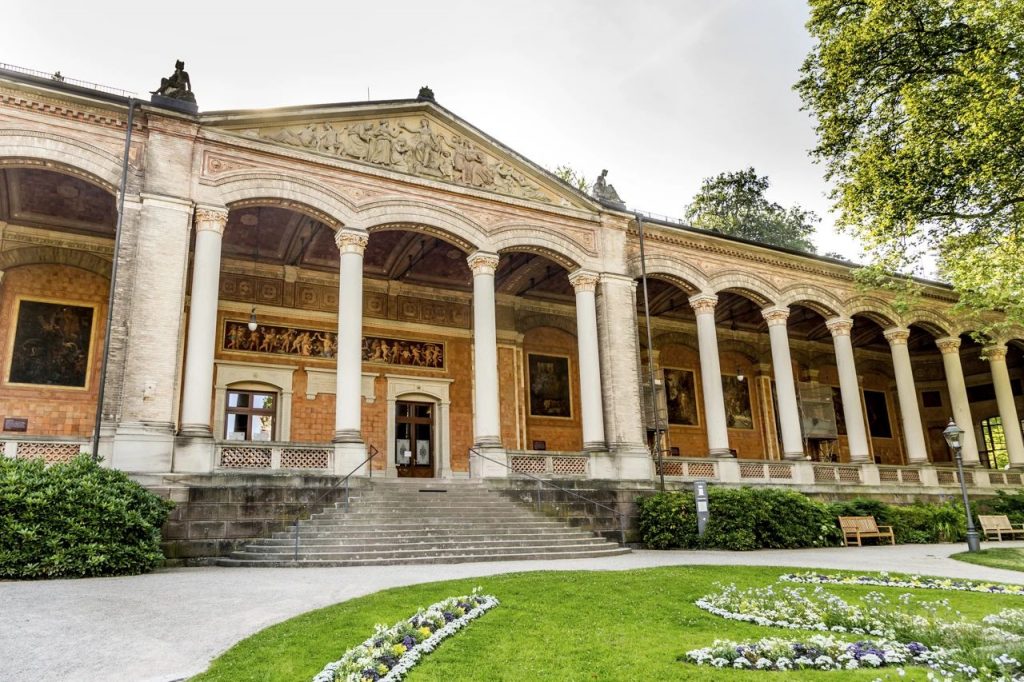
©Meinzahn/Getty Images
This neoclassical pump house was built in 1839 and stands majesticly on the well-manicured park. It is a charming annex building of the sanatorium. The 90-meter-long colonnade is decorated with 19th-century frescoes based on local legends. Some people claim that Baden-Baden’s eternal youthful spiritual water is curative free mineral water that flows from the same water system as the Friedrichsbad spring (Friedrichsbad spring).
· Friedrichsbad ·
3-hour pass €25
With soap and brush bath massage € 37
9:00~22:00
19:00 Last admission time 19:00
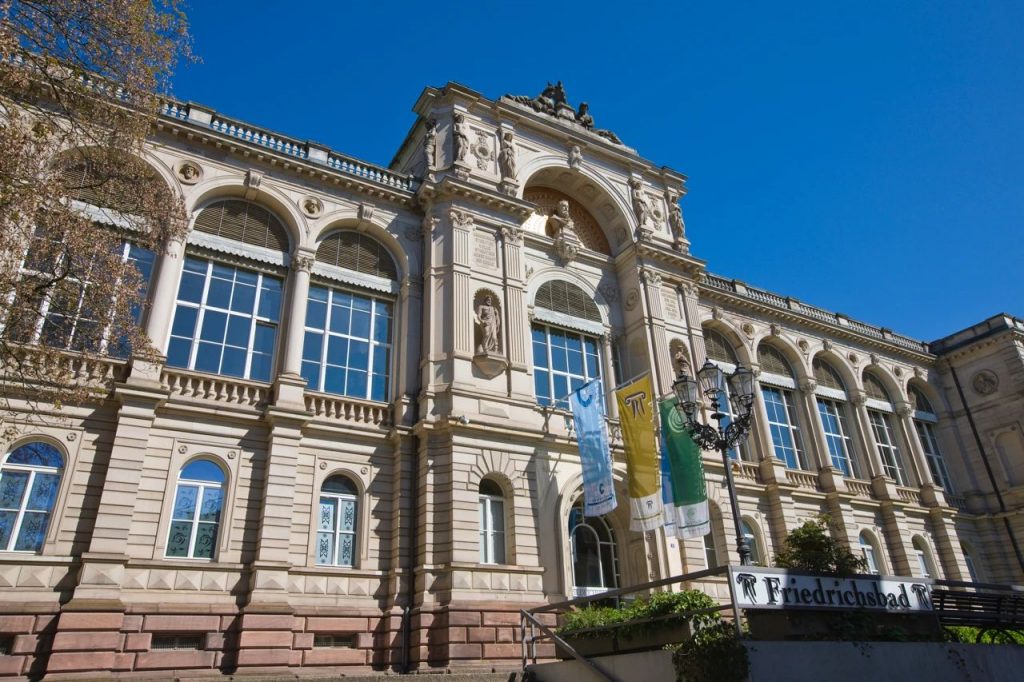
©altrendo travel/Getty Images
If you want to have a Venus-like figure and Cleopatra-like complexion, then come to this luxurious spa built in the 19th century, put down your restraint, take off your clothes, and soak in the hot spring water. This spa facility is luxuriously decorated with marble and mosaic paintings. After entering this Roman-Irish-style bath with alternating steam, scrub, hot and cold water, as Mark Twain described: “10 minutes is fleeting, and 20 minutes is nothing.”
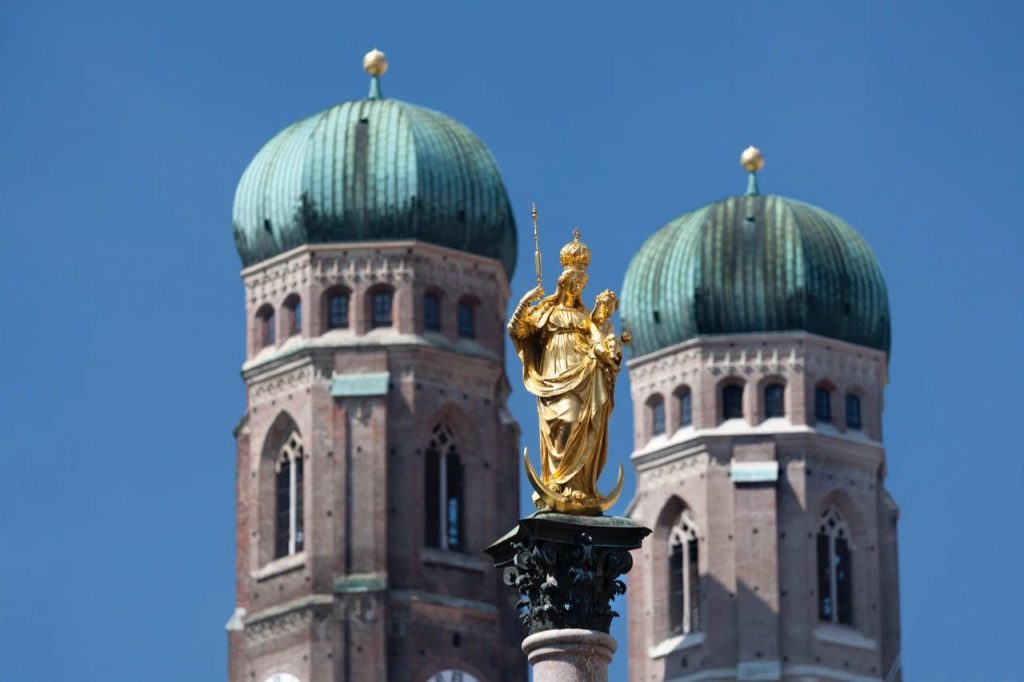
©Westend61/Getty Images
One of the main reasons to travel to southern Germany is to have a glimpse of the history of the region, and the historical sites here are indeed worth exploring. Churches, palaces, Nazi ruins, not to mention the well-preserved and historic medieval towns hidden in lavender fields are the main reasons why southern Germany is so attractive.
Nazi history
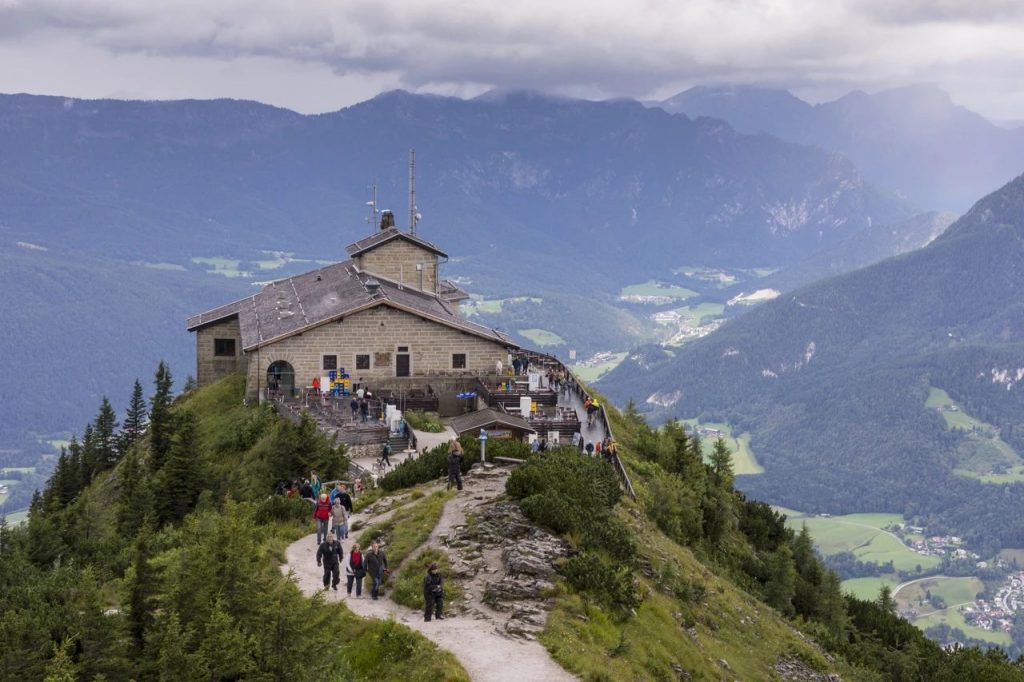
©Igor Marx/Shutterstock
In addition to the sweet scenery, Bavaria also hides a dark history. From the Dachau concentration camp to Hitler’s eagle’s nest, from the Nuremberg courthouse and the Nazi party assembly (Reichsparteitagsgelände) to the Dokumentation Obersalzberg in Berchtesgaden (Dokumentation Obersalzberg), the state is full of This heavy relic reflects the darkest aspect of this country’s history.
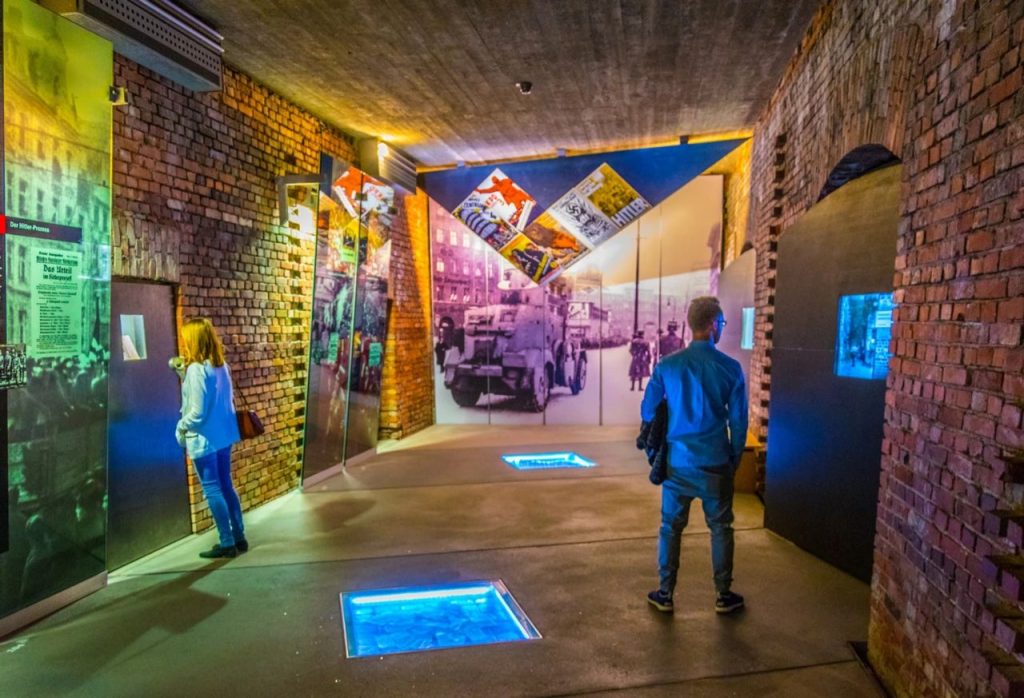
©trabantos/Shutterstock
Romantic road
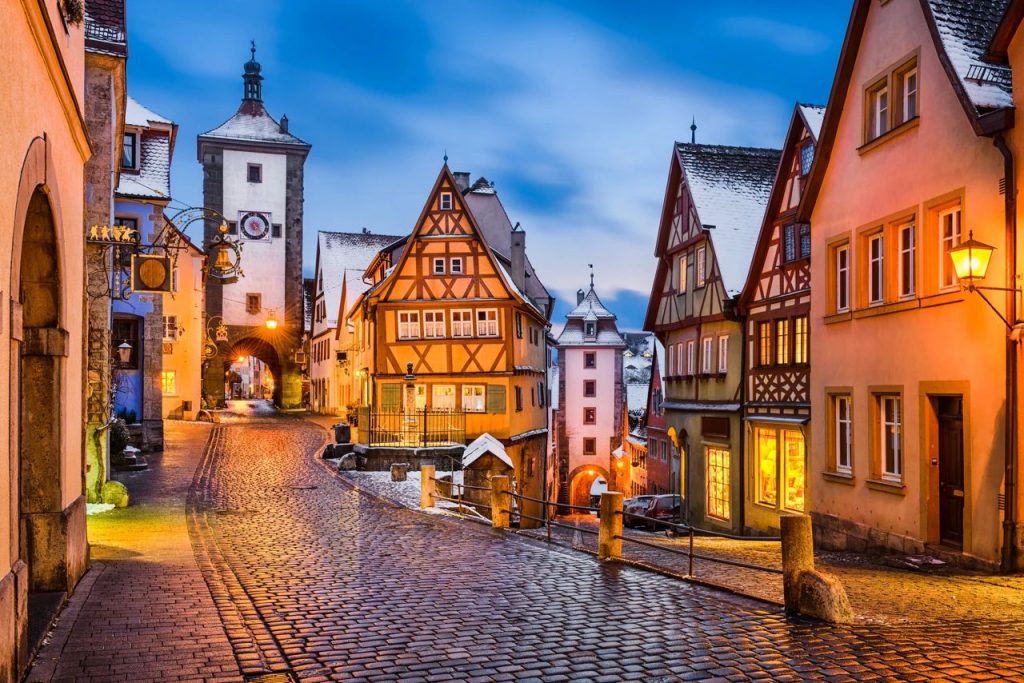
©Mapics/Shutterstock
If you like historical sites with traditional styles, dense distribution, and diverse forms, then join the long and orderly queue and embark on the most popular travel route in Germany-the Romantic Road! This 350-kilometer route extends from Würzburg to the Alps, passing through medieval towns surrounded by walls, Baroque churches and palaces, more than 1,000 half-timbered houses and some of the most beautiful in Germany castle.
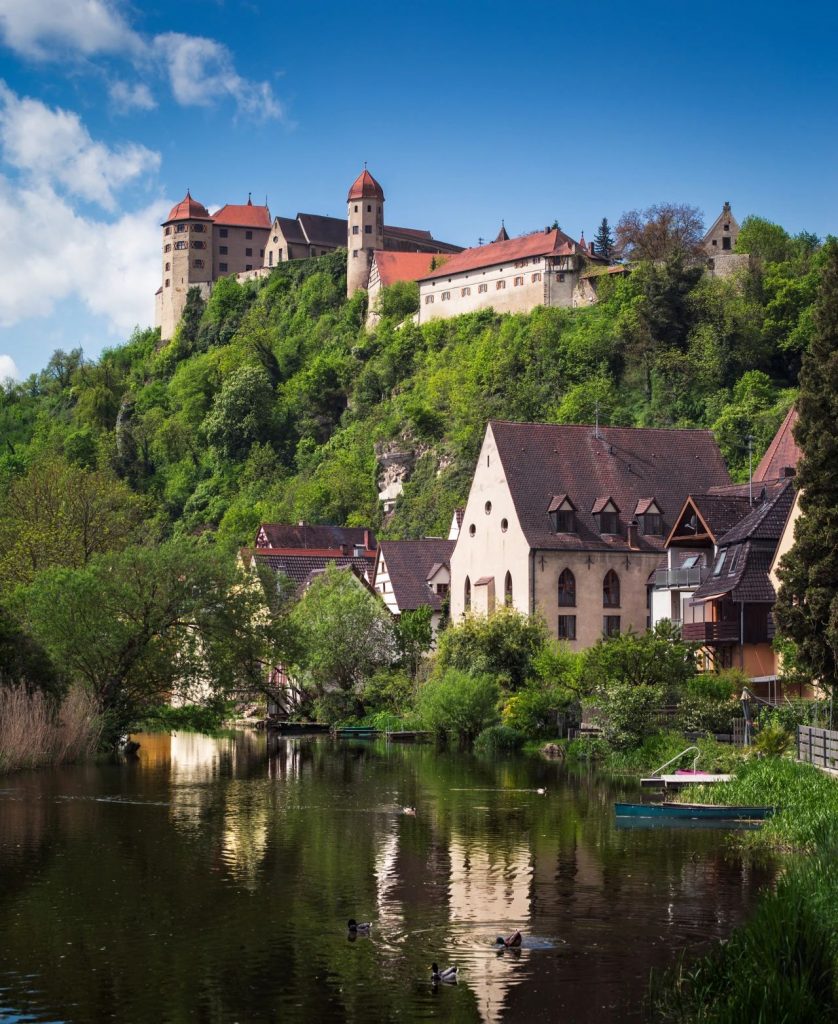
©Dmitry Shishkov/Shutterstock
Wittelsbach family
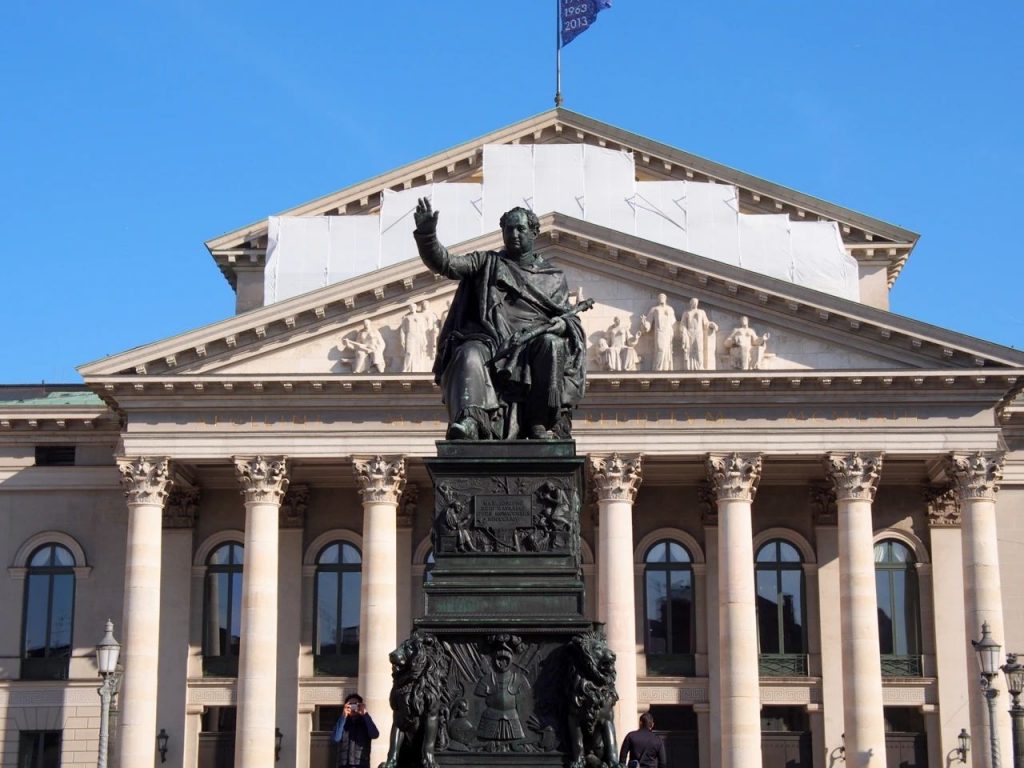
©Takashi Images/Shutterstock
They ruled here for more than 700 years, leaving modern Bavaria with a wealth of architecture, art and treasures, as well as one of them-the “crazy” King Ludwig II (King Ludwig II). The enthusiasm and obsession with Wagner stimulated the tourism industry in the state-no family has contributed more to the tourism industry in Bavaria than the Wittelsbachs.
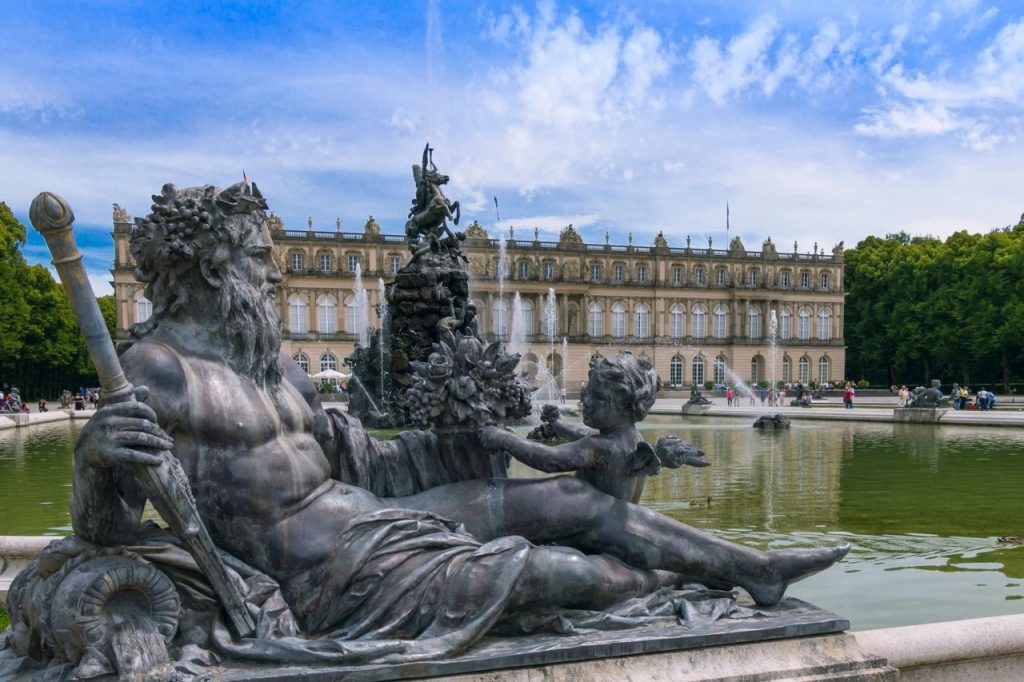
©footageclips/Shutterstock
Magnificent church
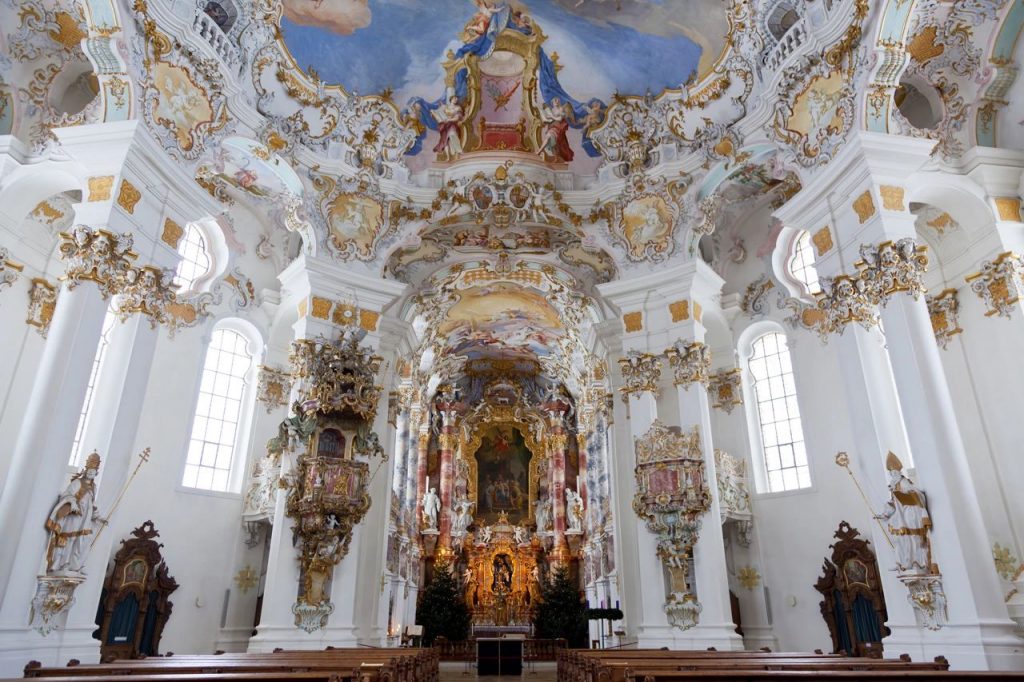
©volkova natalia/Shutterstock
Whether you like serious romanticism, gorgeous rococo, sweet baroque or flashy neo-gothic style, there is a church in southern Germany that suits your aesthetic. Any church-themed route can visit top churches, from the remote Wieskirche, the Asamkirche in Munich, the cathedrals in Freiburg and Ulm, To the brick colossus of Landshut.
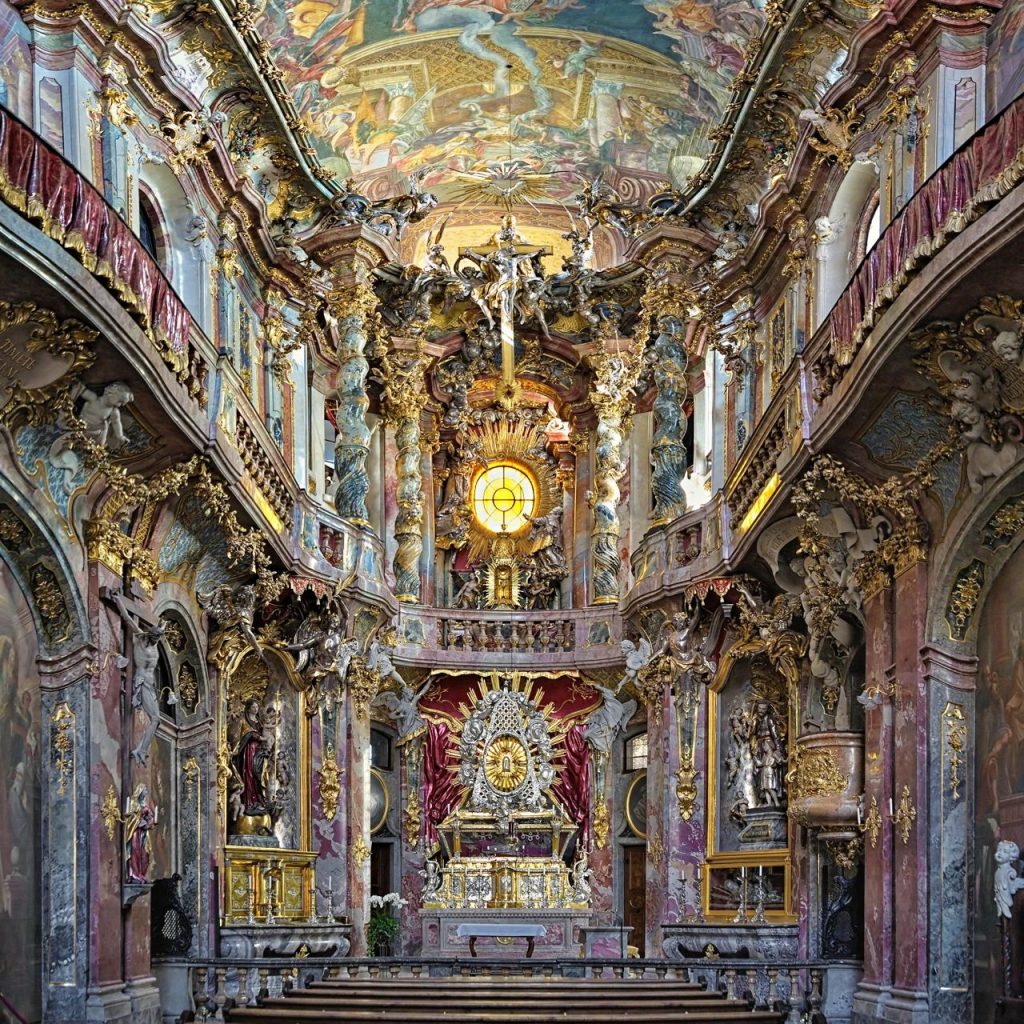
©Mikhail Markovskiy/Shutterstock
Romantic palaces and castles
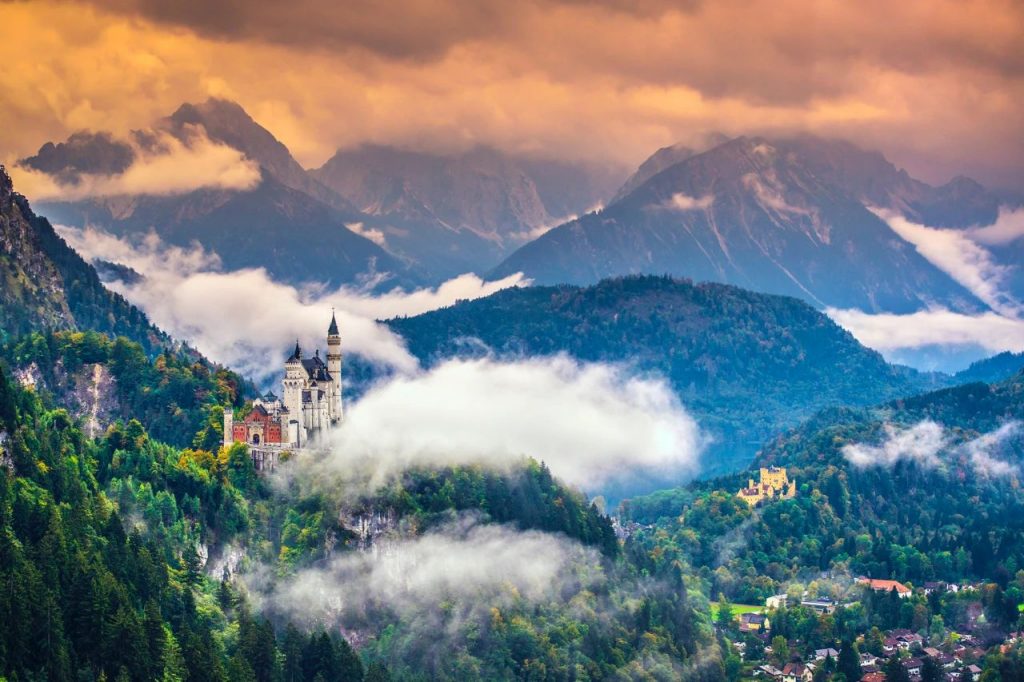
©SeanPavonePhoto/Getty Images
Think of the region in southern Germany and the Alps, think of the castles and aristocratic palaces, mountain-top ruins, and the splendid sights of the Renaissance in the storybook-few other places on earth can have such a treasure house of medieval aristocratic architecture. Visiting these solemn sights is the most important part of visiting this area.
Neuschwanstein
Schloss Neuschwanstein
Adult/Promotion €12/11 including Hohenschwangau Castle €23/214 from mid-October 9:00~18:00 mid-October to next March 10:00~16:00

©Rudy Balasko/500px
Like a mirage, Neuschwanstein Castle stands on the top of the mountains and is also the prototype of Disney’s Sleeping Beauty Castle. King Ludwig II designed this fairytale castle himself with the help of a stage designer, not an architect. Ludwig conceived the castle as a huge stage, recreating the world of Germanic mythology with the help of the operas of his friend Richard Wagner (Richard Wagner). Therefore, the most stunning room in the castle is the Sängersaal (Singer Hall), and the indoor frescoes depict scenes from the opera “Tannhäuser” (Tannhäuser).
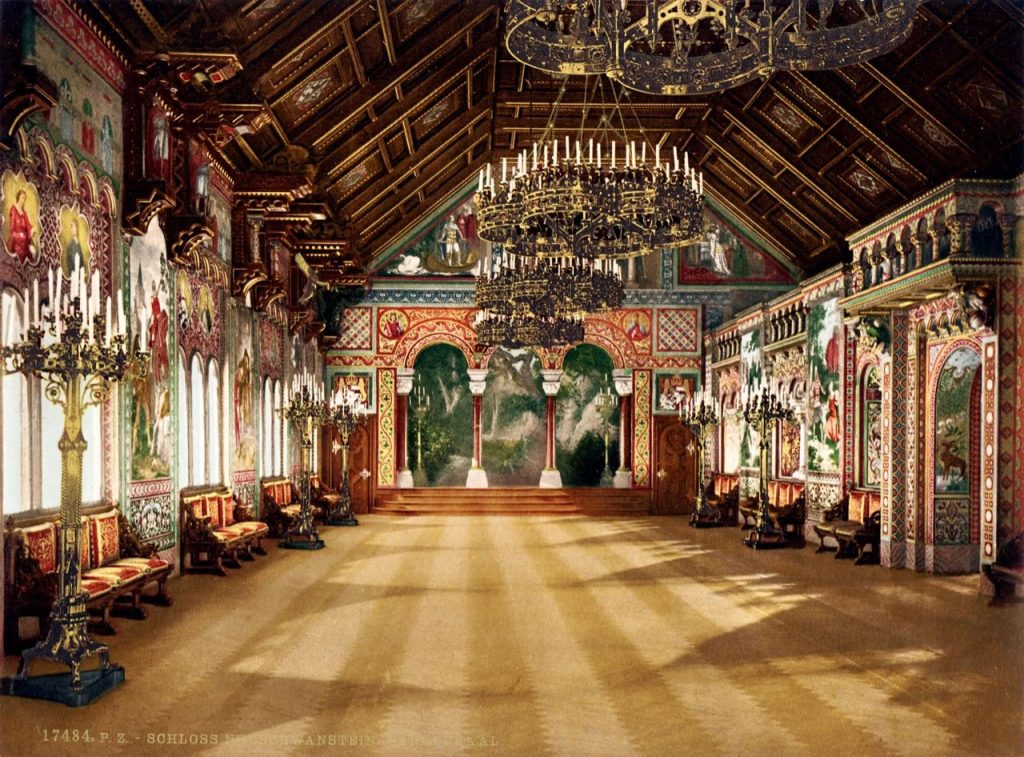
Singers’ hall (music room), Neuschwanstein Castle, Upper Bavaria, Germany, 1886 © trialsanderrors, CC BY 2.0 http://dwz.date/dDVE
In order to enjoy the postcard-like beauty of Neuschwanstein Castle and the plain beyond, you can go up 10 minutes to Marienbrücke. The Maria Bridge spans the magnificent Pöllat Gorge, with a waterfall hanging high above the Neuschwanstein Castle. It is said that Ludwig liked the candlelight coming from the singer’s hall after dark.
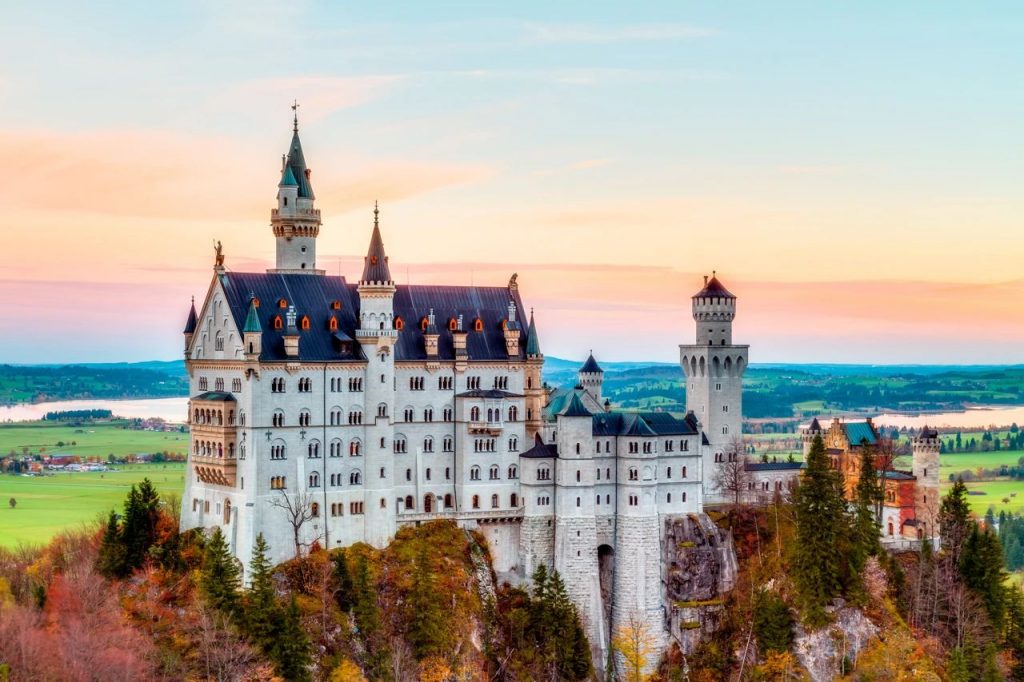
©Andreas Zerndl/Shutterstock
Castle tickets and group tour: You must take a guided tour (in German or English) to visit Neuschwanstein and Hohenschwangau castles. The tour time for each castle is about 35 minutes (visit Hohenschwangau first). Tickets for timed entry are only sold at the ticket center at the foot of the castle. In summer, arrive as early as possible at 8:00 to ensure that you can enter the castle that day. When visiting the castle, leave enough time between the two guided tours to allow you to spend 30-40 minutes along the steep road from one castle to the other. Alternatively, you can take a carriage, but this is only slightly faster.
Wurzburg Palace
Würzburg Residenz Adult/Discount/Under 18 years old €7.50/6.50/Free April to October 9:00~18:00 November to March 10:00~16:30
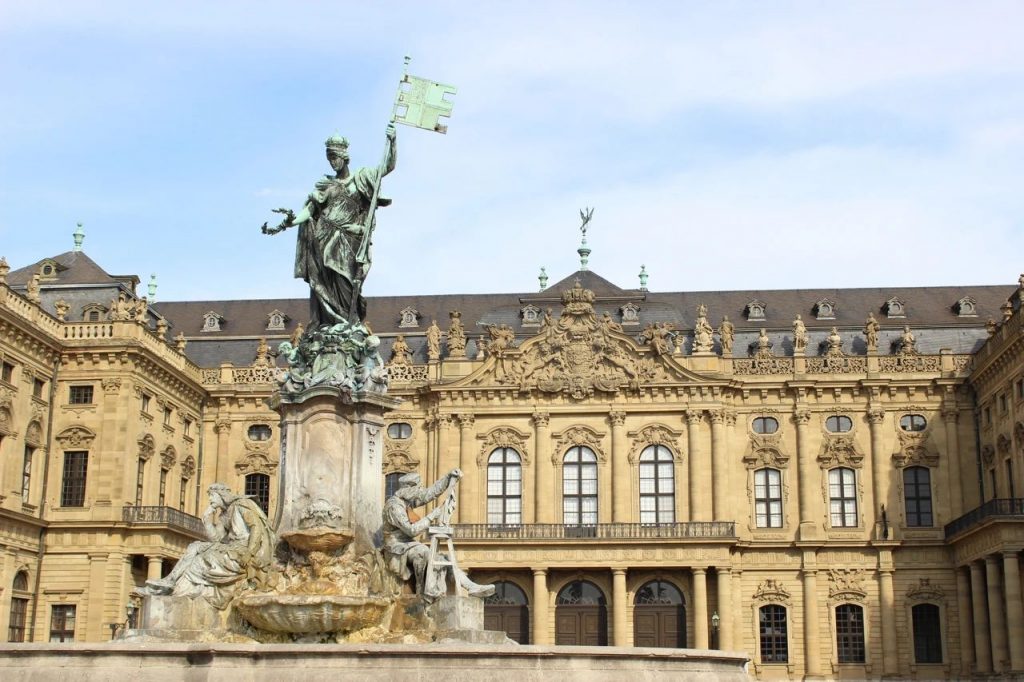
©busticated58/500px
The large-scale Würzburg Palace is listed as a UNESCO World Heritage Site. It was designed and built by the 18th-century architect Balthasar Neumann and is the residence of the bishop of the local benevolence. The Würzburg Palace is the most important and most exquisite Baroque palace in Germany.
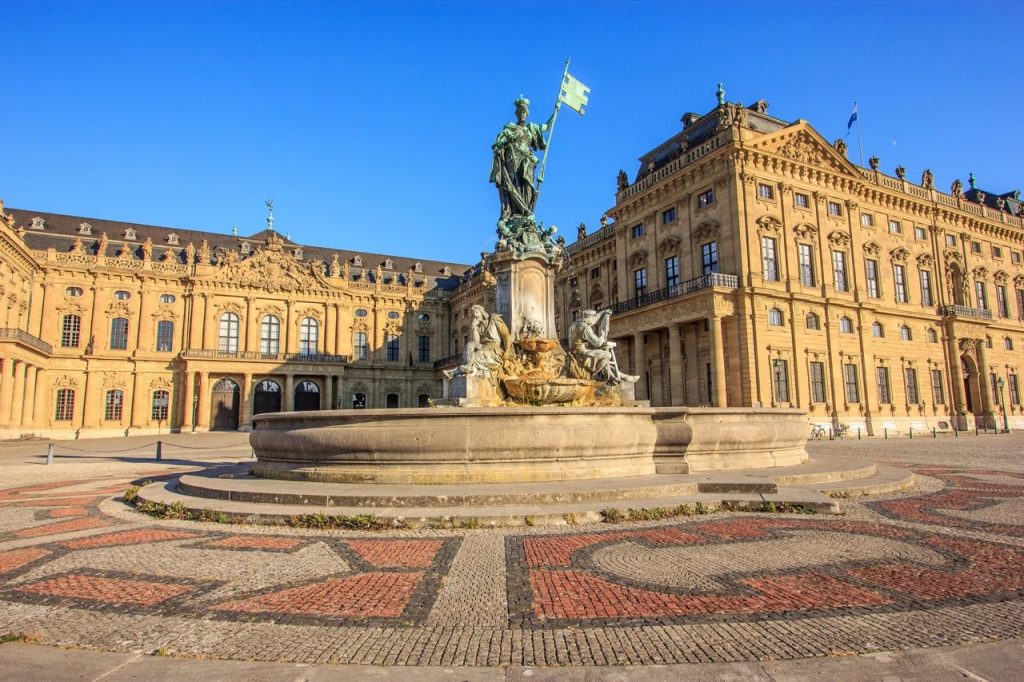
©Victor FlowerFly/Shutterstock
The most exciting part is the magnificent Treppenhaus (Treppenhaus). The mural above is still the largest mural in the world. This outstanding painting was created by Giovanni Battista Tiepolo. The painting is completed, depicting the four continents known at the time (Europe, Africa, America and Asia) in the form of allegorical paintings.
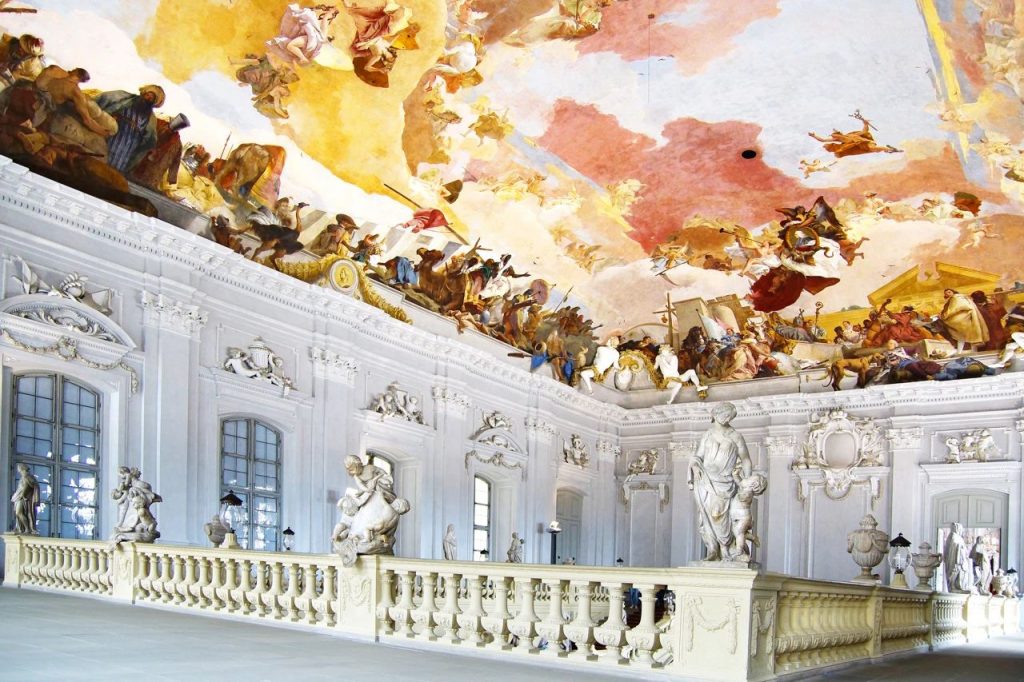
©Igor Plotnikov/Shutterstock
Enter the palace garden (Hofgarten; until dusk; admission is free) through the intricately decorated iron gate. This garden combines French and English garden landscapes, dotted with whimsical children designed by palace architect Peter Wagner statue. In the warmer months, concerts, festivals and special events are often held here.
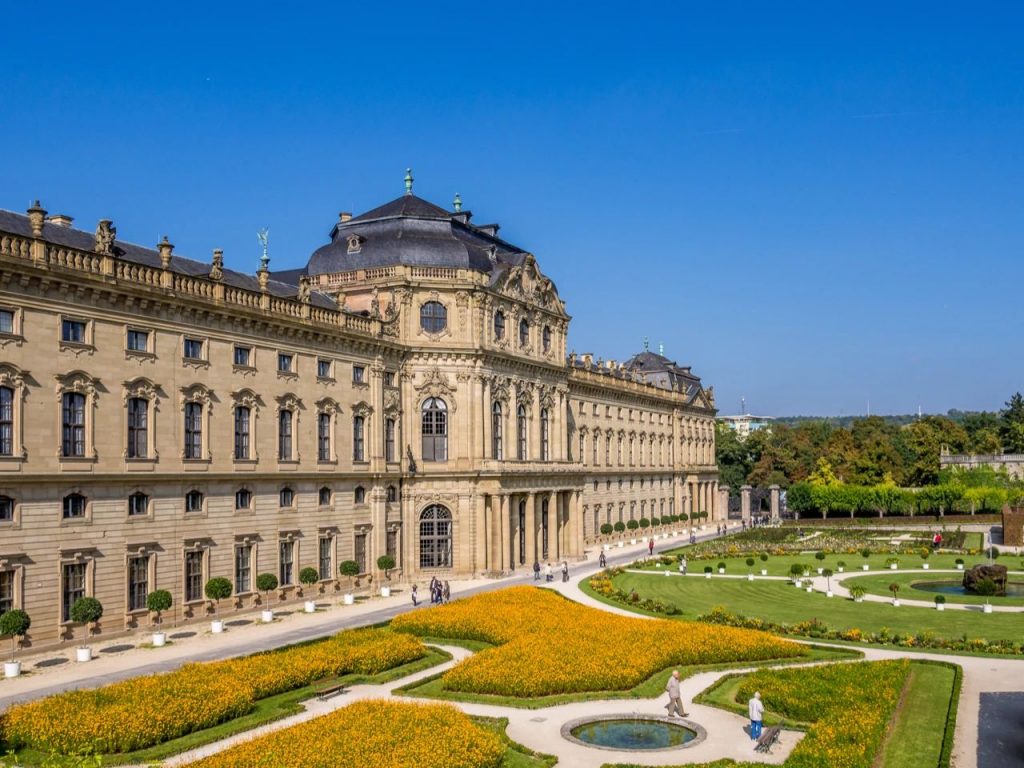
©Takashi Images/Shutterstock
Linderhof Palace
Schloss Linderhof Adult/Promotion €8.50/ 7.504 Month to mid-October 9:00~18:00 Mid-October to March next year 10:00~16:00
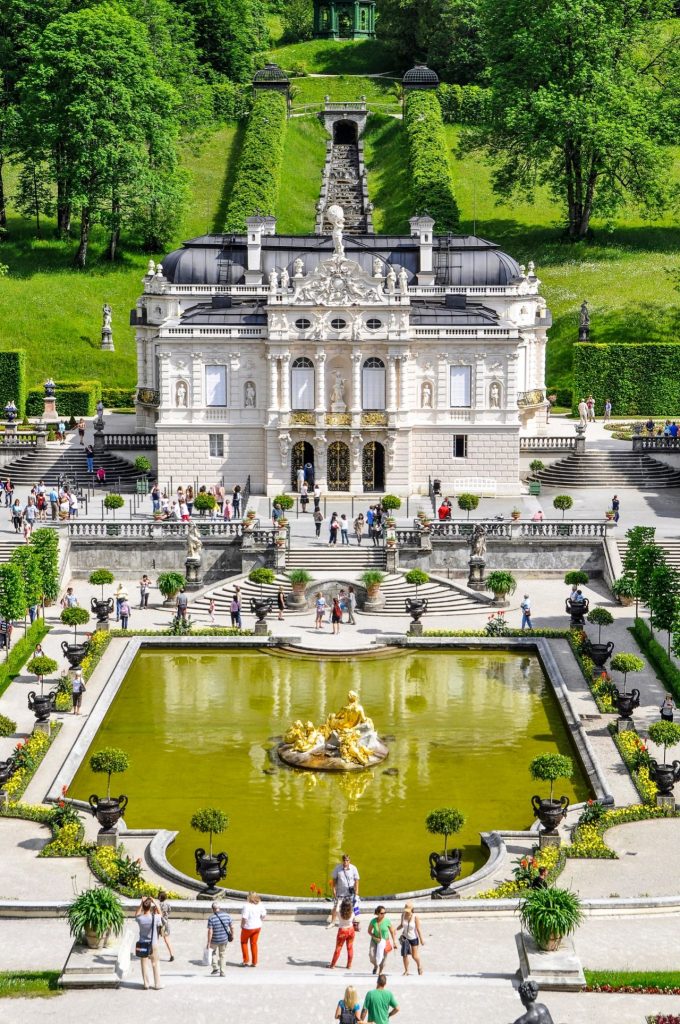
©XRISTOFOROV/Shutterstock
Although the Linderhof Palace is small, it has a lot of rare treasures. It is the smallest but most luxurious palace of Ludwig II, and it is also the only palace completely completed in his lifetime. The palace, completed in 1878, is close to the steep hillside. Its French gardens, outdoor fountains and decorative buildings together constitute a dreamy landscape.
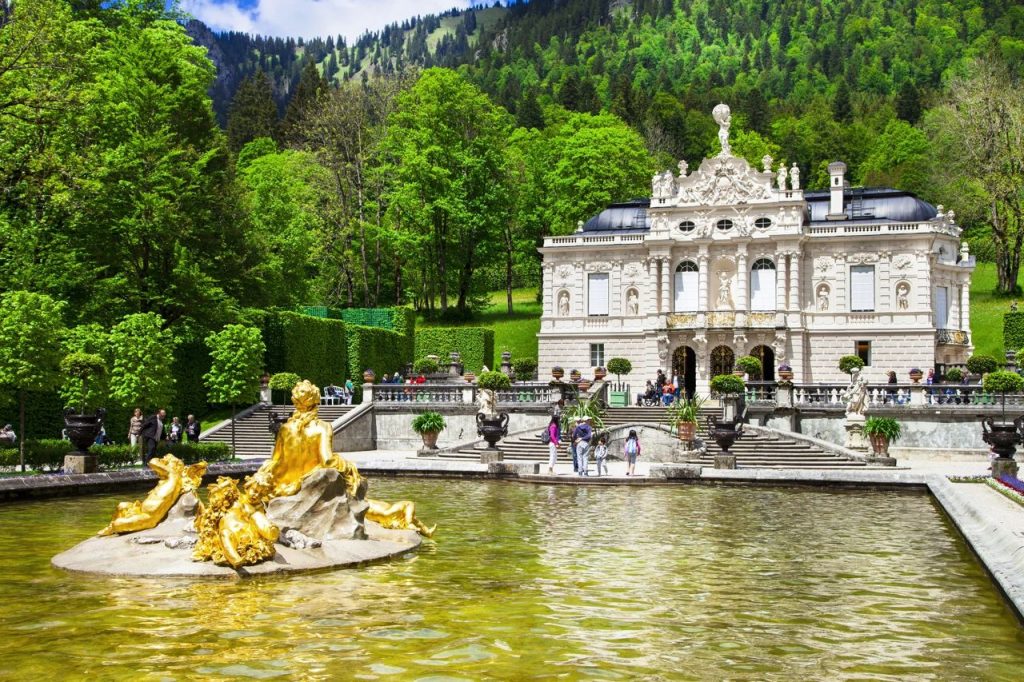
©leoks/Shutterstock
The rooms full of mythology and decorated with precious stones in Linderhof Palace embodied the king’s profligacy, which disturbed the ruling ministers of Munich. The private bedroom in the palace is the most spacious, and the interior decoration is magnificent. The most exciting thing is the gorgeous and huge crystal chandelier, which is illuminated by 108 candles and weighs 500 kilograms.
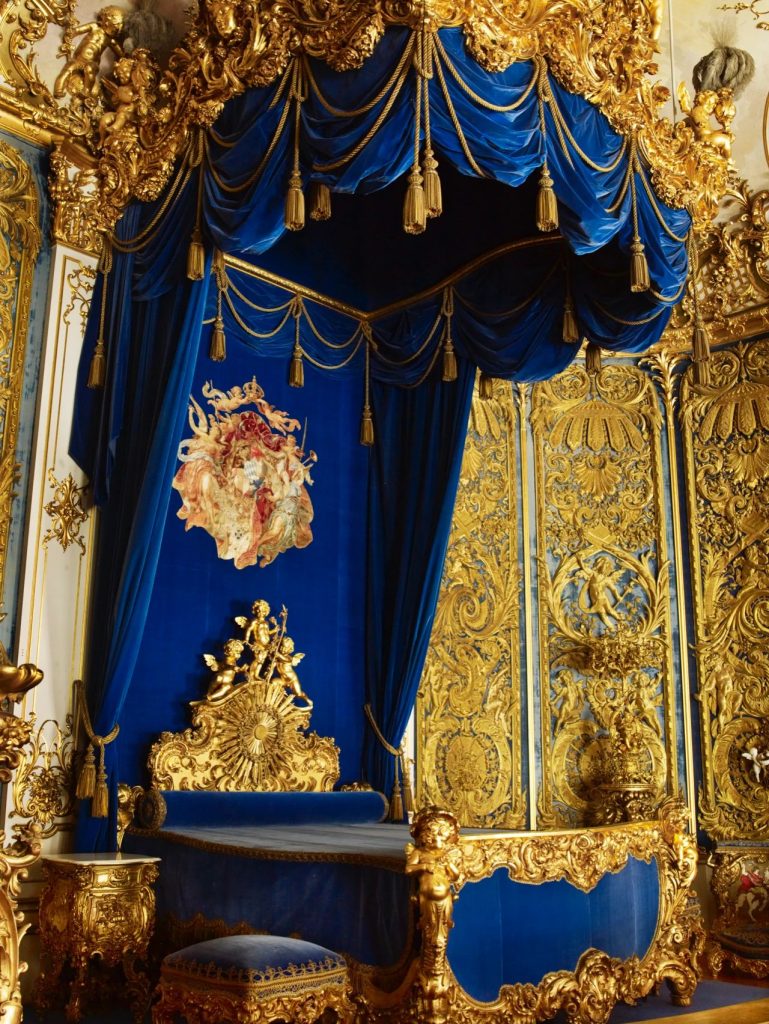
©Andrew Montgomery/Lonely Planet
From April to October, you can visit the gardens and facilities built by the famous court gardener Carl von Effner, which are as charming as the castle itself. The Oriental-style Moorish Kiosk is a highlight of the garden. Ludwig often dressed in oriental costumes, sitting on the peacock throne in the pavilion, and hosting night entertainment.

©Guido Vermeulen-Perdaen/Shutterstock
Moving scenery
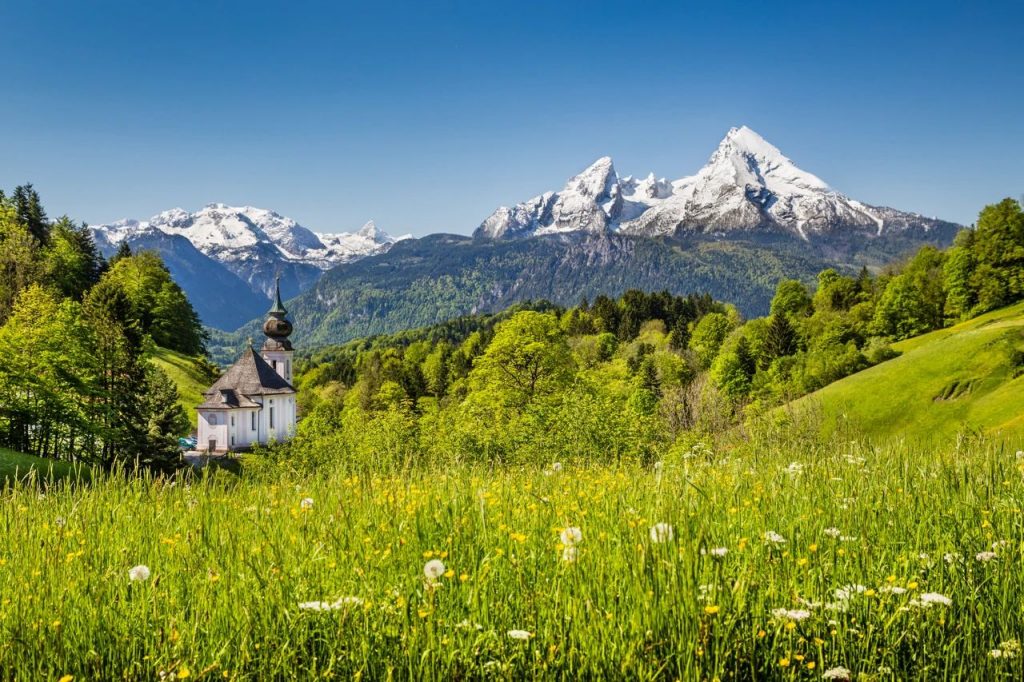
©canadastock/Shutterstock
From the towering Alps to the Black Forest, from the low and dark hills of eastern Bavaria to the clear and bright mountain lakes at the foot of the Alps, southern Germany has a moving landscape that suits the tastes of different people.
Mountains
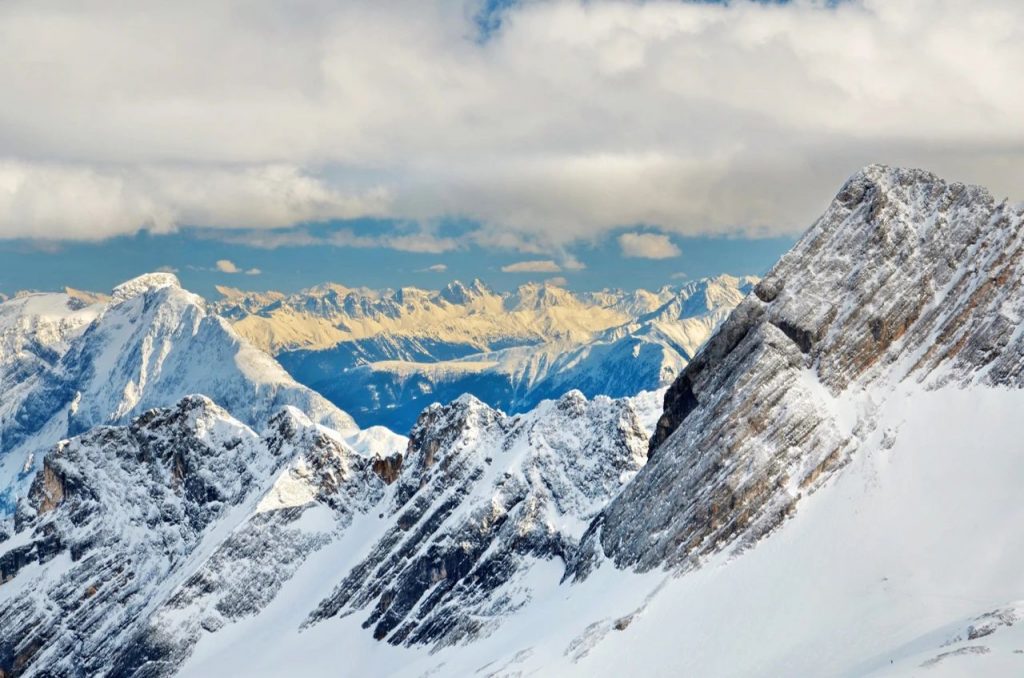
©Dotan Naveh/500px
Bavaria occupies only a small part of the Alps, the first mountain range in Europe, but it is absolutely all-encompassing. Ride on one of the countless orbital cable cars in this area to ascend to high altitude areas with thin air, skiing, climbing, or simply enjoy the scenery with a glass of beer.
forest
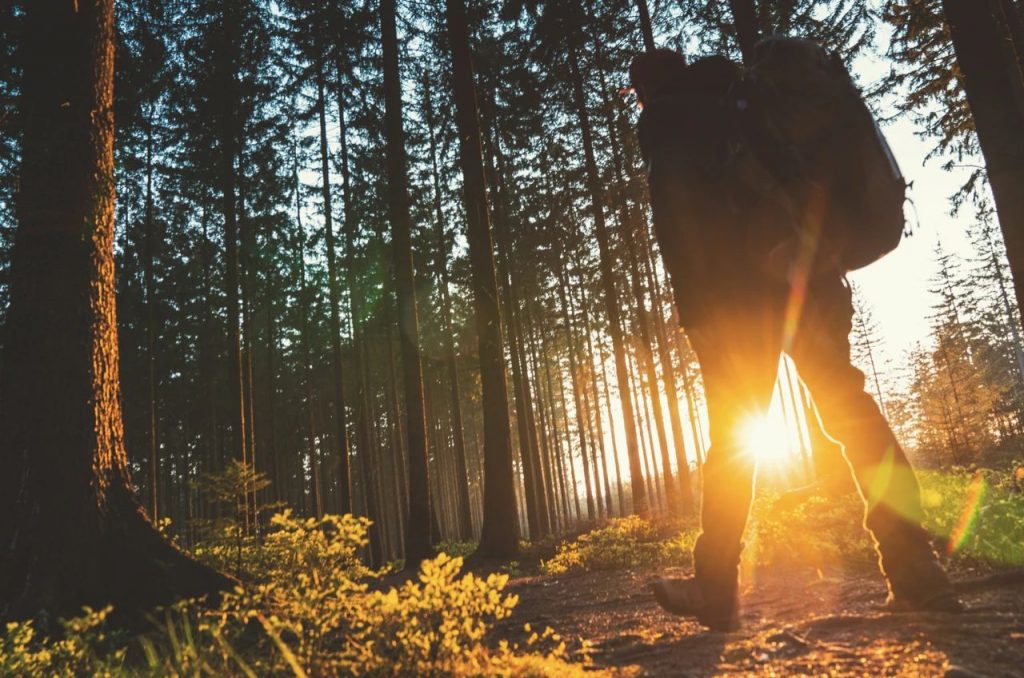
©audioundwerbung/Getty Images
Although there are a lot of trees growing in the middle area, there are two legends about forests in southern Germany-the Bavarian Forest in the east and the Black Forest in the west. The former is a dark, mysterious and sparsely populated area that has spread to neighboring Czech Republic, and the latter is the location of Germany’s newest national park.
lake
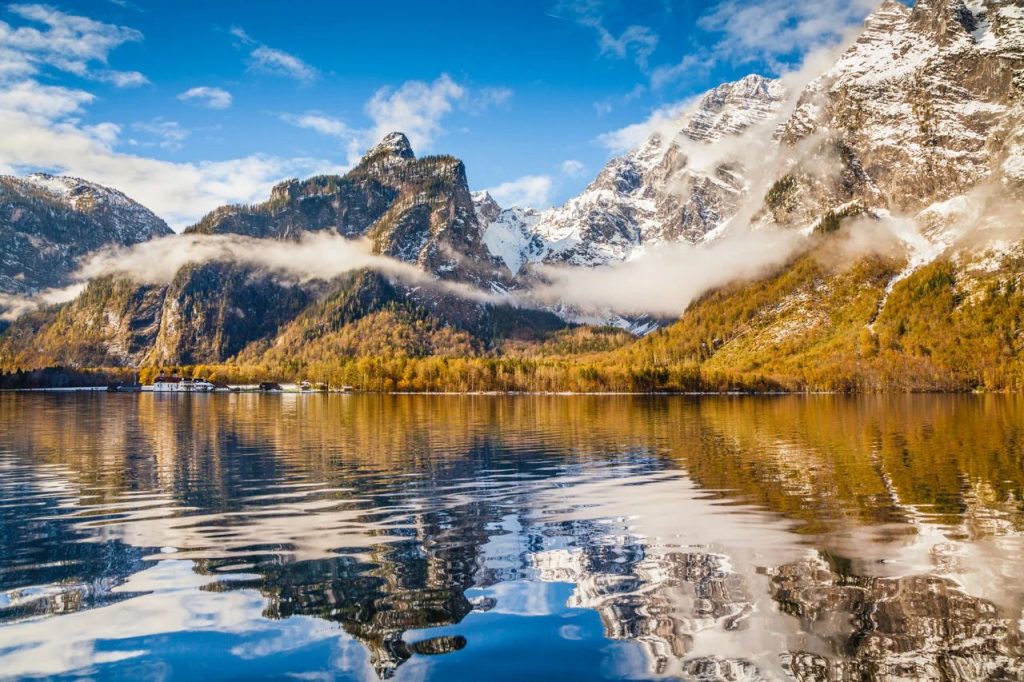
©bluejayphoto/Getty Images
From the soothing Lake Constance in the west, to Lake Starnberg in Munich, Lake Titisee in the Black Forest, and Lake Königssee in Berchtesgaden, the lakes in southern Germany show almost everything The most breathtaking and tranquil scenery in this area, in addition to many waterside and water play.
River
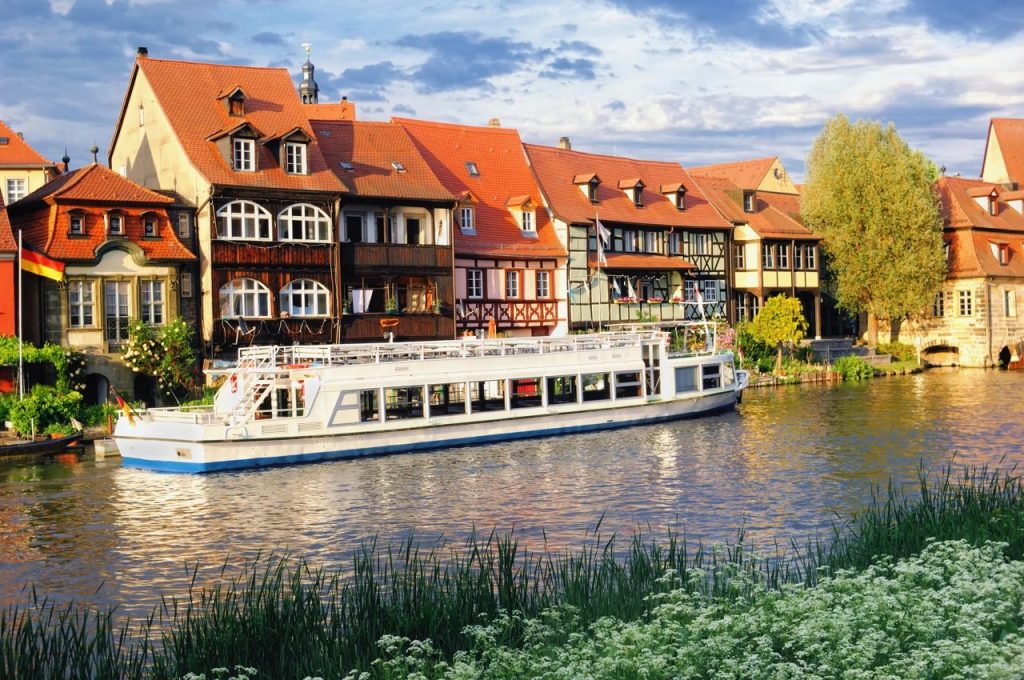
©Juergen Sack/Getty Images
One of the most famous rivers in the world, the Danube, originates from the Black Forest, and flows upstream through Bavaria and Baden-Wurttemberg, and its long journey ends in the Black Sea. The not-so-famous Altmere River is a quieter river that flows through Franconia and is an ideal channel for lazy canoe trips.
Comments